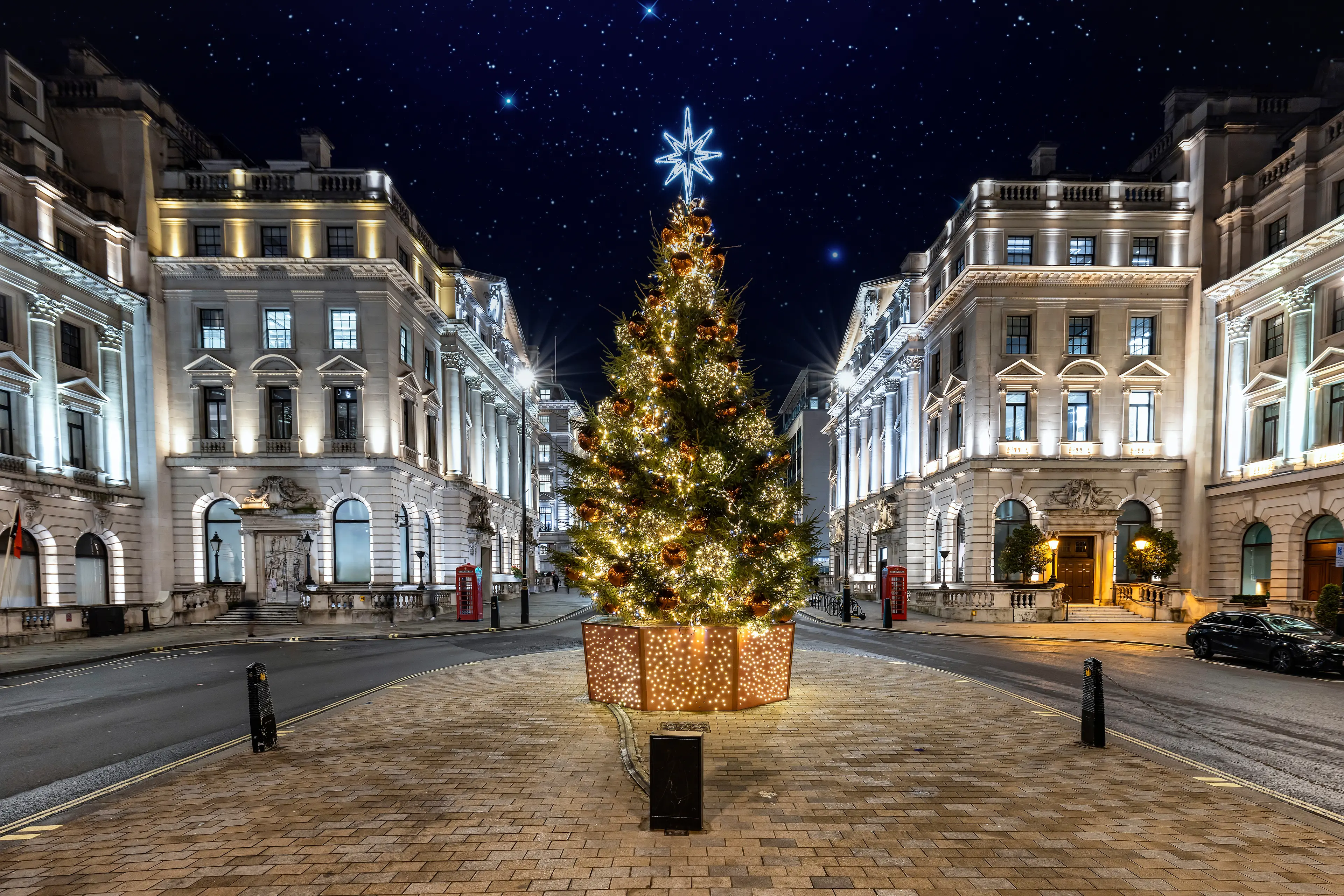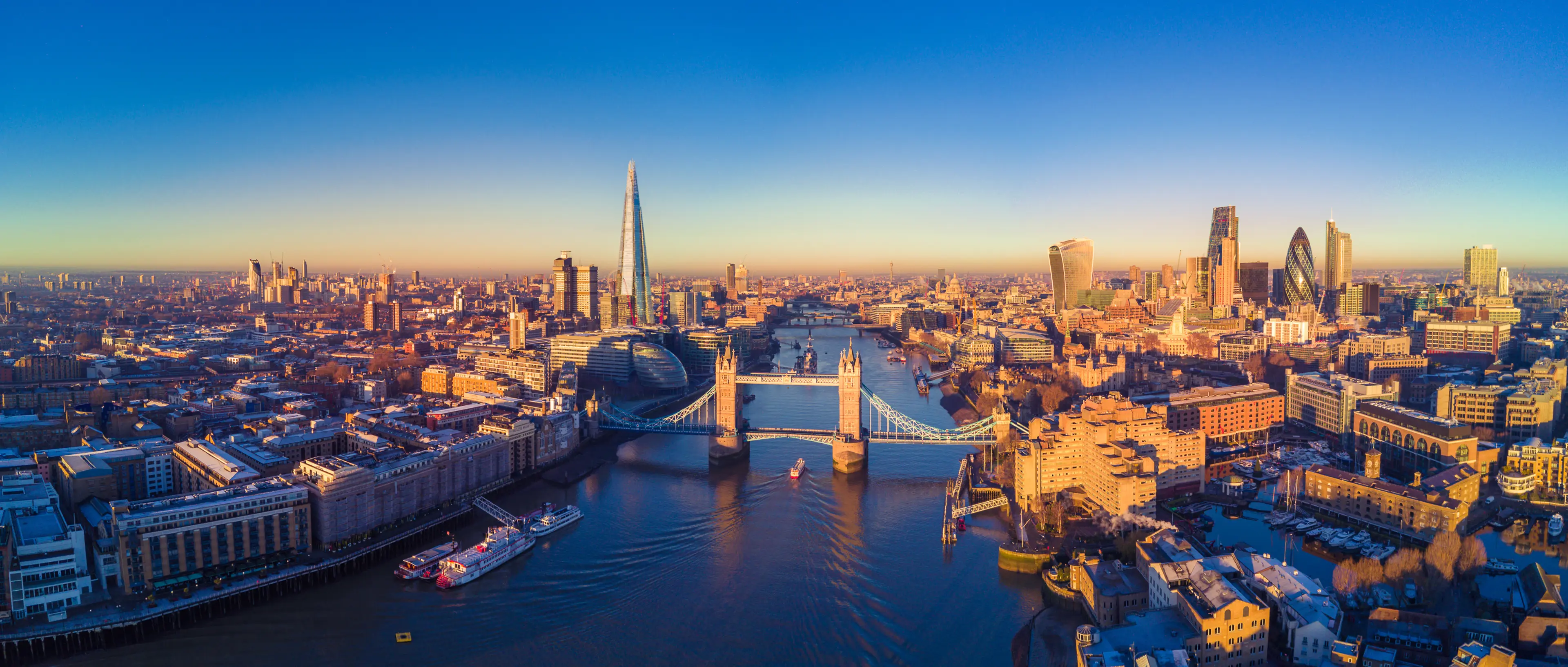3-Day Family Christmas Holidays Itinerary in London, England
London, England
3 days
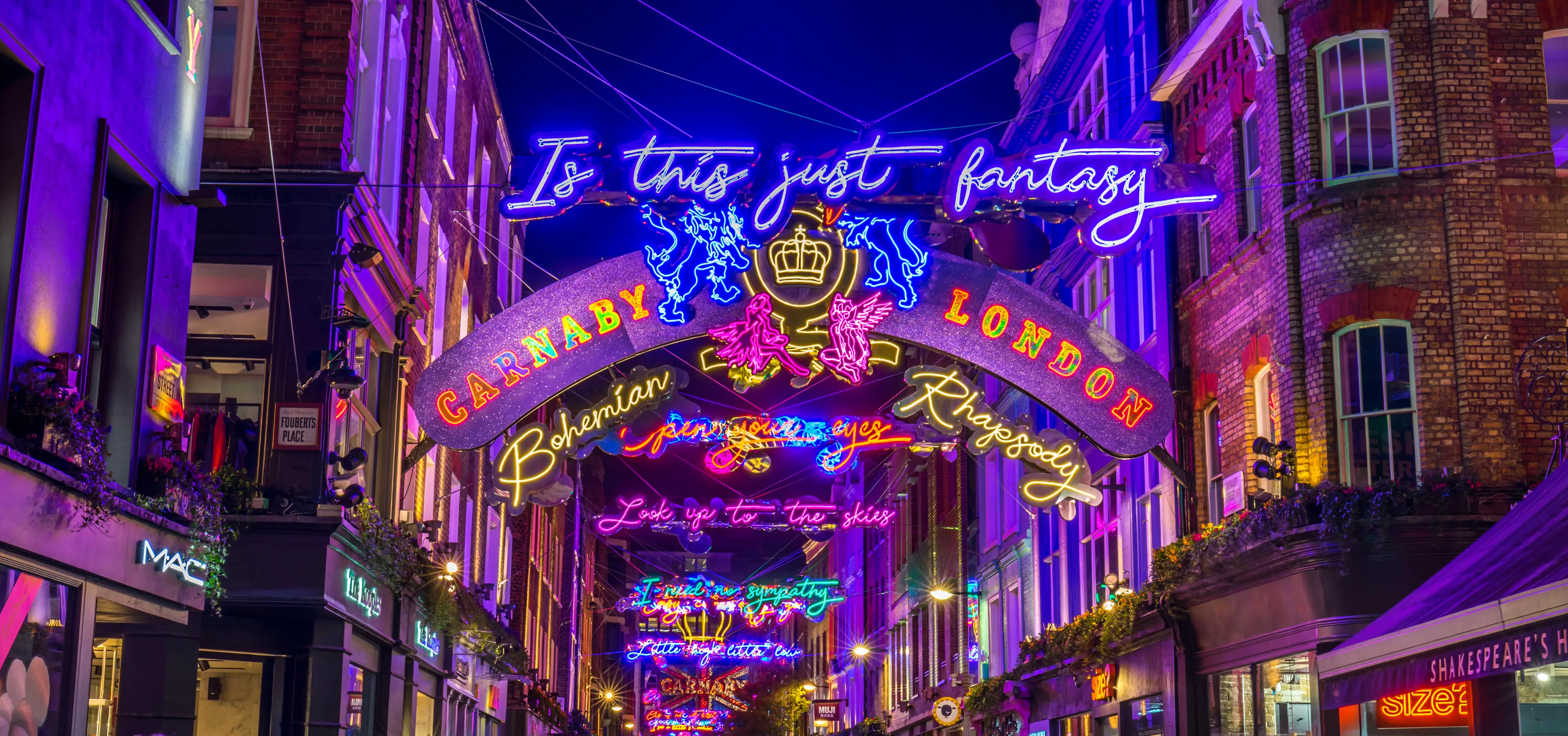

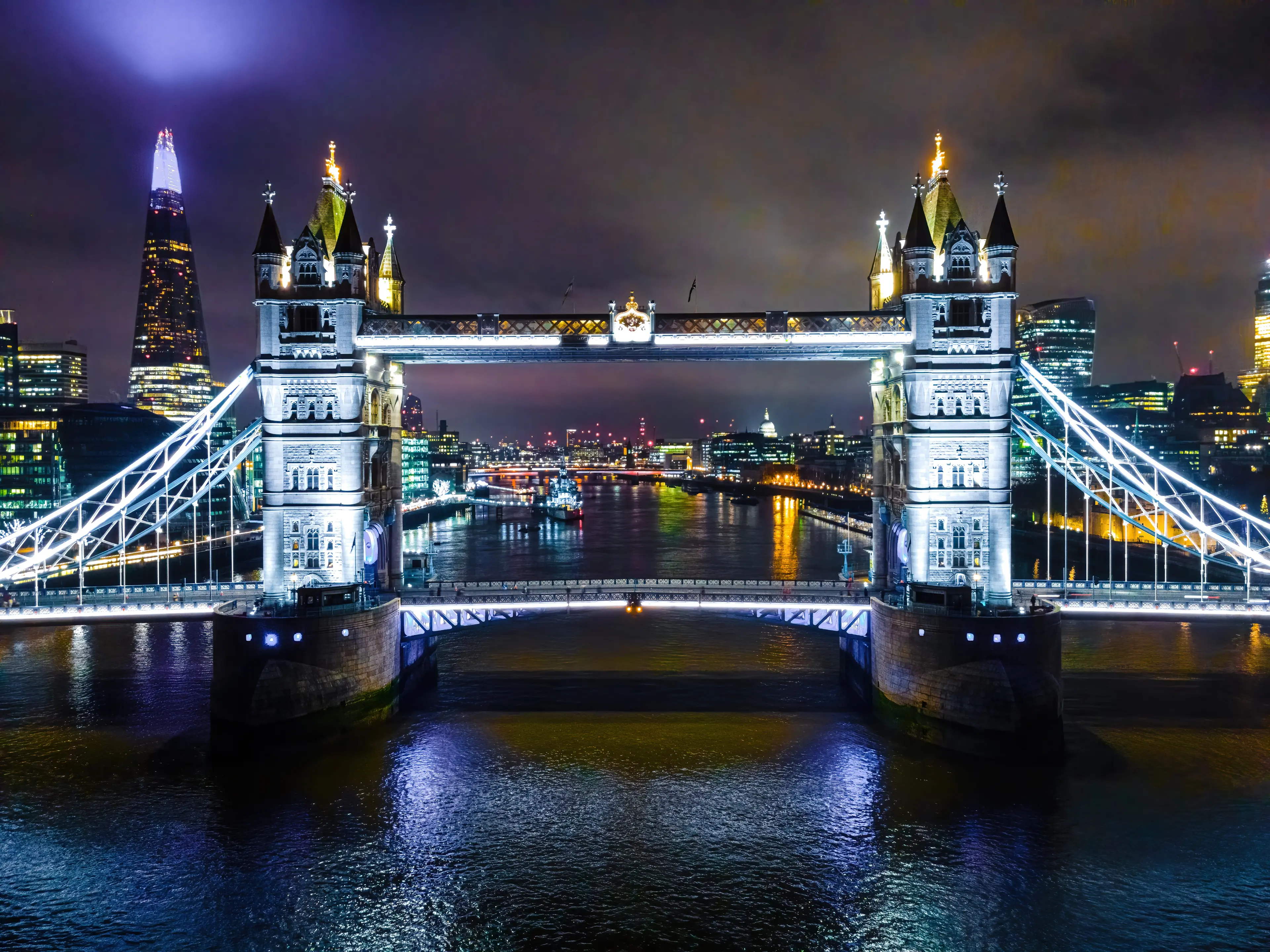
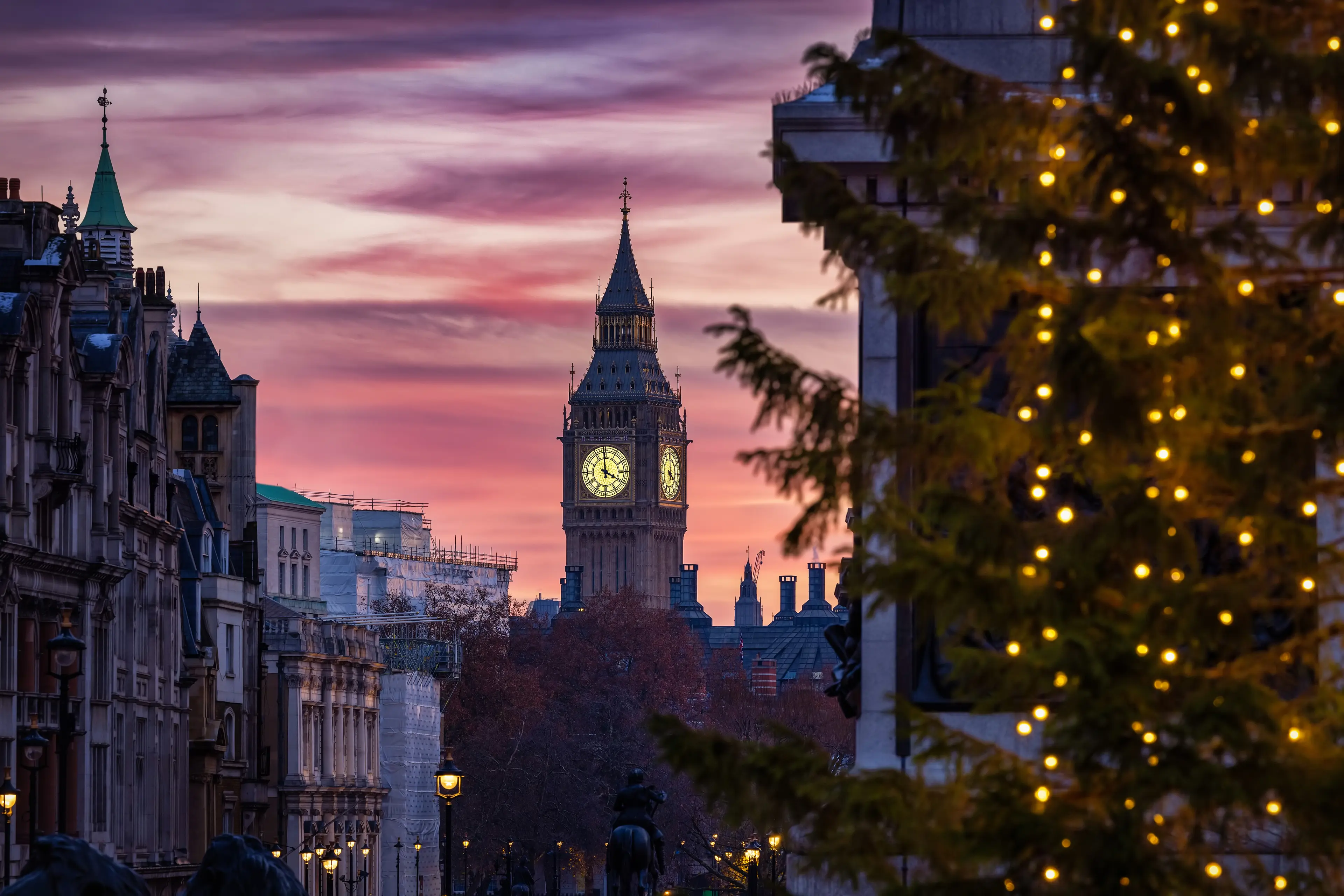
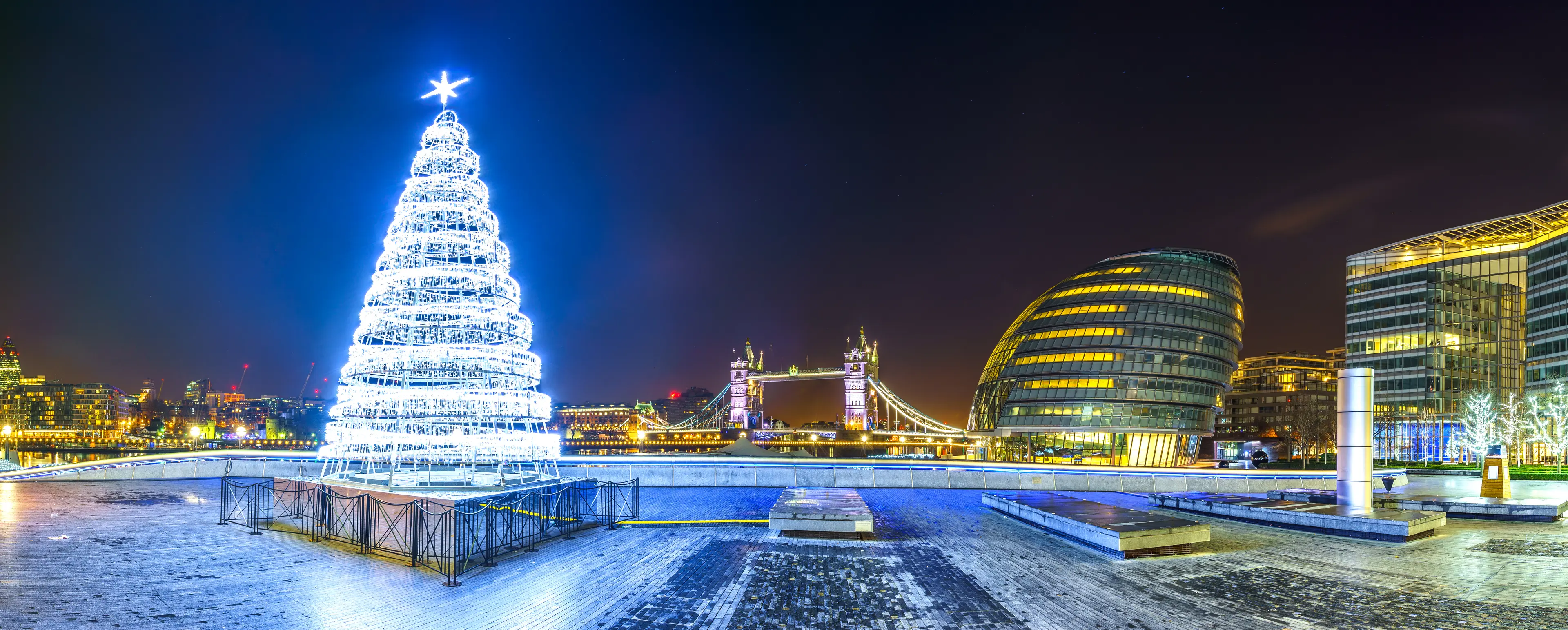
About London, England
Experience the vibrant and historic city of London, England, a global hub of culture, art, and commerce. Marvel at iconic landmarks like the majestic Buckingham Palace, the imposing Tower of London, and the modern London Eye. Explore world-class museums like the British Museum and the National Gallery, all offering free entry. Stroll through beautiful parks such as Hyde Park and Kensington Gardens. Enjoy shopping at Oxford Street and savour diverse cuisine at Covent Garden. Experience the magic of West End theatre and the charm of the River Thames. London's efficient public transport system, including the famous London Underground, makes it easy to explore this cosmopolitan city. Whether you're a history buff, a foodie, a shopaholic, or a theatre enthusiast, London has something for everyone.
3-Day Itinerary
Day 2
A Day at the British Museum and Covent Garden
Morning
Start your second day at the British Museum. Explore the vast collection of world art and artefacts, including the Rosetta Stone and the Elgin Marbles.
Lunch
Have lunch at a nearby café. Try a ploughman's lunch or a Cornish pasty.
Afternoon
After lunch, visit Covent Garden. Enjoy the Christmas decorations, street performers, and the Apple Market.
Dinner
Dine at a restaurant offering a festive menu. Try dishes like roast beef and Yorkshire pudding.
Evening
Visit the Royal Opera House for a Christmas ballet or opera performance. Make sure to book your tickets in advance.
Day 3
Natural History Museum and Hyde Park's Winter Wonderland
Morning
On your last day, visit the Natural History Museum. Explore the dinosaur exhibit, the human evolution gallery, and the earthquake simulator.
Lunch
Have lunch at a café in the area. Try a classic British sandwich like the BLT or the club sandwich.
Afternoon
After lunch, visit Hyde Park's Winter Wonderland. Enjoy the Christmas market, ice skating rink, and funfair rides.
Dinner
Have your last dinner at a restaurant offering a Christmas menu. Try dishes like roast duck and sticky toffee pudding.
Evening
End your trip with a visit to the West End. Watch a Christmas-themed play or musical. Make sure to book your tickets in advance.
Attractions in Itinerary (12)
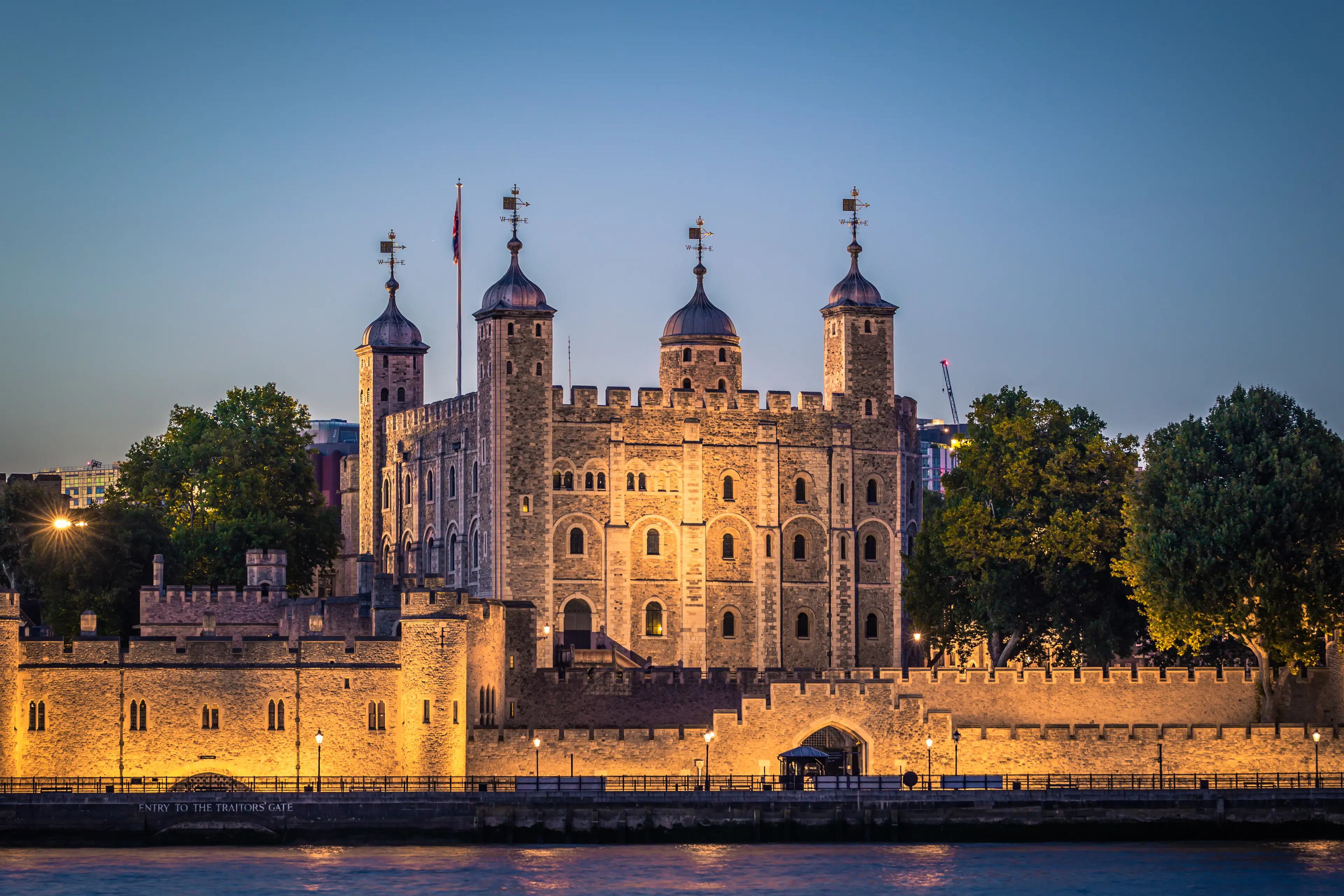
1Tower of London
A historic castle located on the north bank of the River Thames, the Tower of London is a UNESCO World Heritage Site that houses the Crown Jewels.
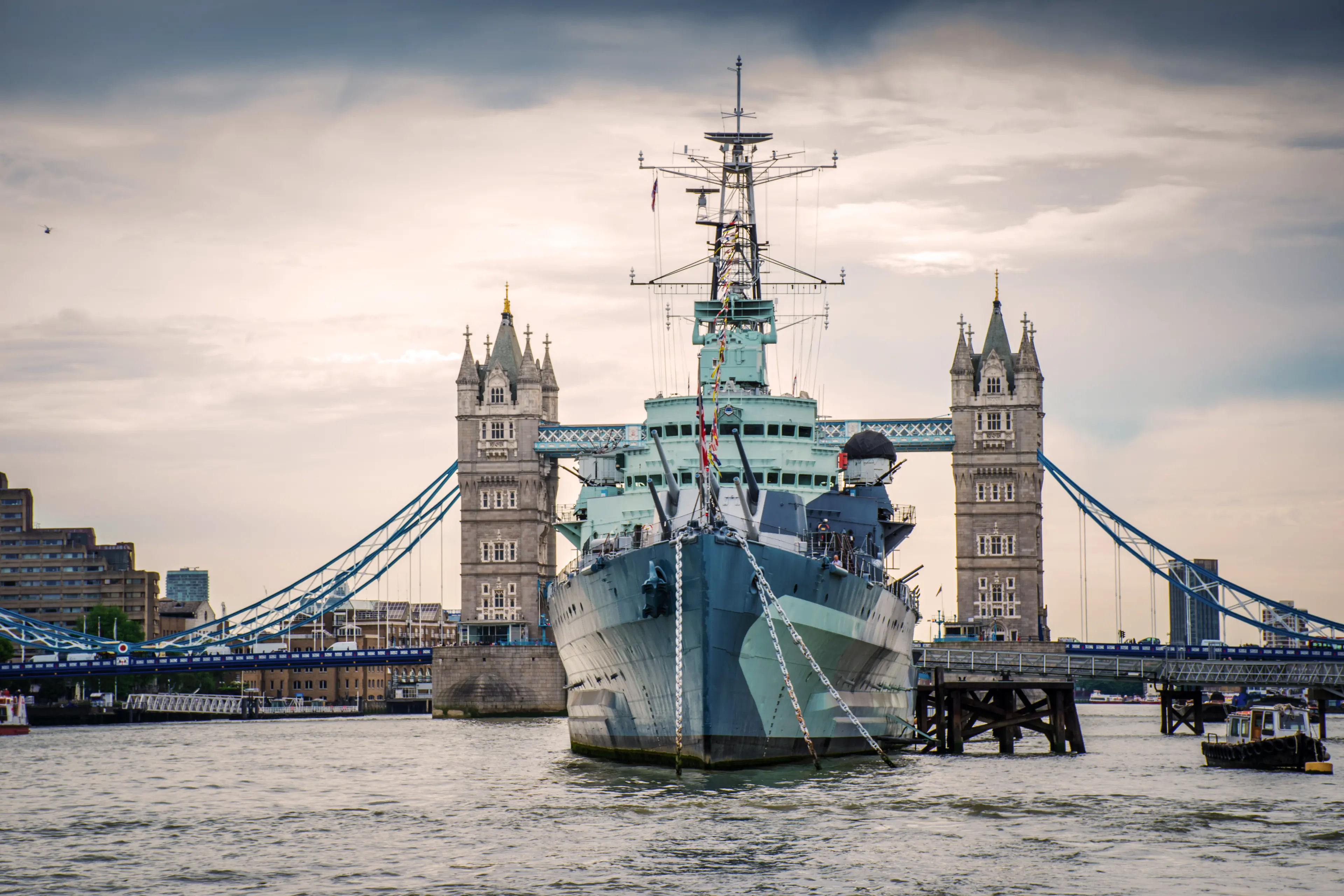
2HMS Belfast
HMS Belfast is a Town-class light cruiser that was built for the Royal Navy. It is now permanently moored as a museum ship on the River Thames in London and is operated by the Imperial War Museum.

3Southbank Centre Winter Market
Southbank Centre Winter Market is a popular attraction in London during the winter months. It offers a variety of food and drink stalls, as well as shopping opportunities for unique gifts and souvenirs.
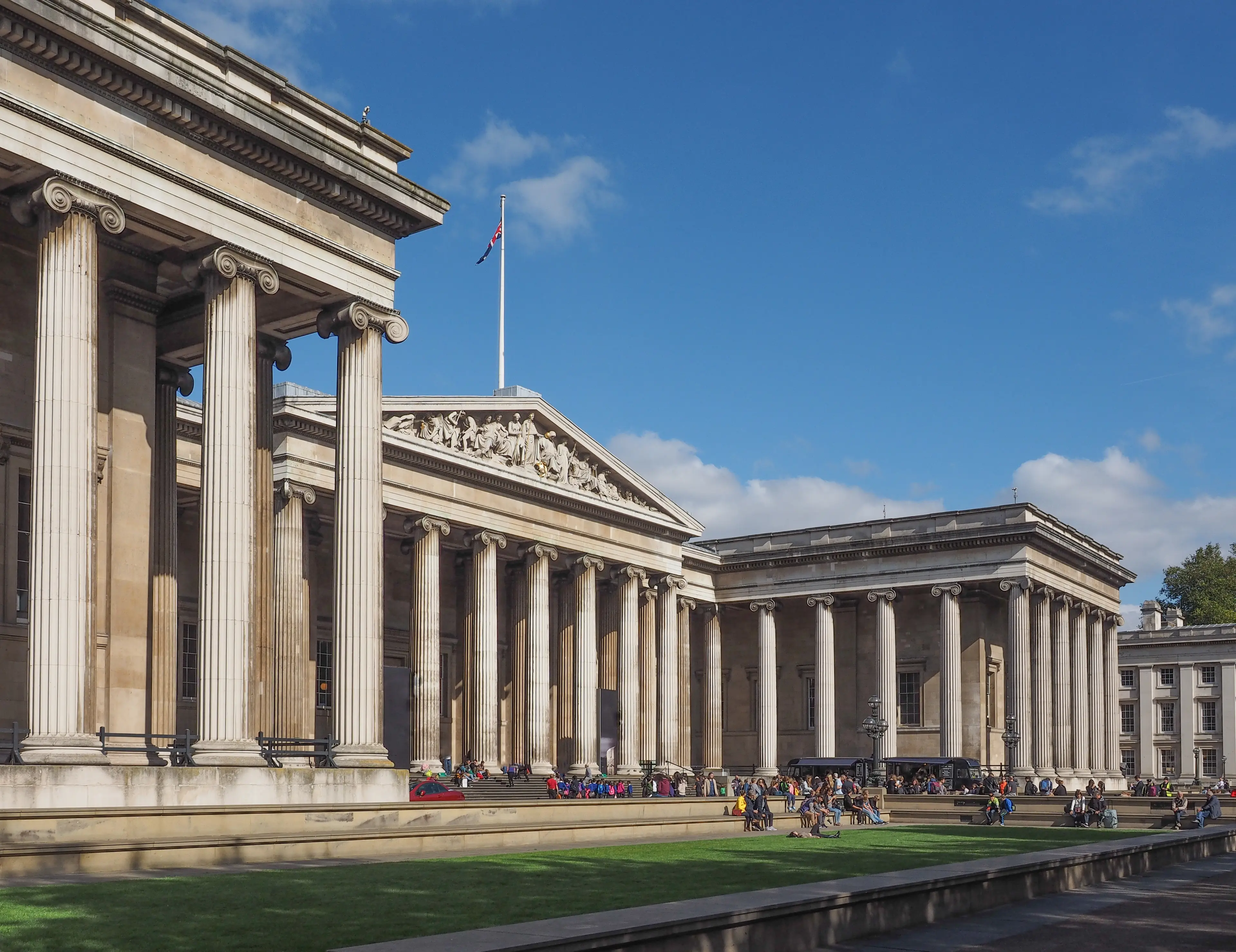
4British Museum
Home to a vast collection of world art and artefacts, the British Museum is dedicated to human history, art, and culture.

5Rosetta Stone
The Rosetta Stone, located in the British Museum, is one of the most important artifacts in the world. It played a crucial role in deciphering Egyptian hieroglyphs.

6Elgin Marbles
The Elgin Marbles, also known as the Parthenon Marbles, are a collection of classical Greek marble sculptures and architectural details that are housed in the British Museum.

7Covent Garden
A popular shopping and tourist site in London, Covent Garden is known for its luxury fashion and beauty stores, artisanal food and drink, and live street performances.

8Apple Market
Apple Market, located in the heart of Covent Garden, is a popular shopping destination in London. It offers a variety of antiques, arts, crafts, and other unique items.

9Royal Opera House
The Royal Opera House is an opera house and major performing arts venue in Covent Garden, central London. It is home to The Royal Opera, The Royal Ballet, and the Orchestra of the Royal Opera House.

10Natural History Museum
The Natural History Museum in London is a natural history museum that exhibits a vast range of specimens from various segments of natural history. It is one of three major museums on Exhibition Road in South Kensington.

11Hyde Park's Winter Wonderland
Hyde Park's Winter Wonderland is a popular annual Christmas event in London. It features a variety of festive activities, entertainment, and food and drink options.

12West End
London's main theatre and entertainment district. It is home to many theatres, cinemas, bars, clubs, and restaurants.
Local Food and Drinks (12)
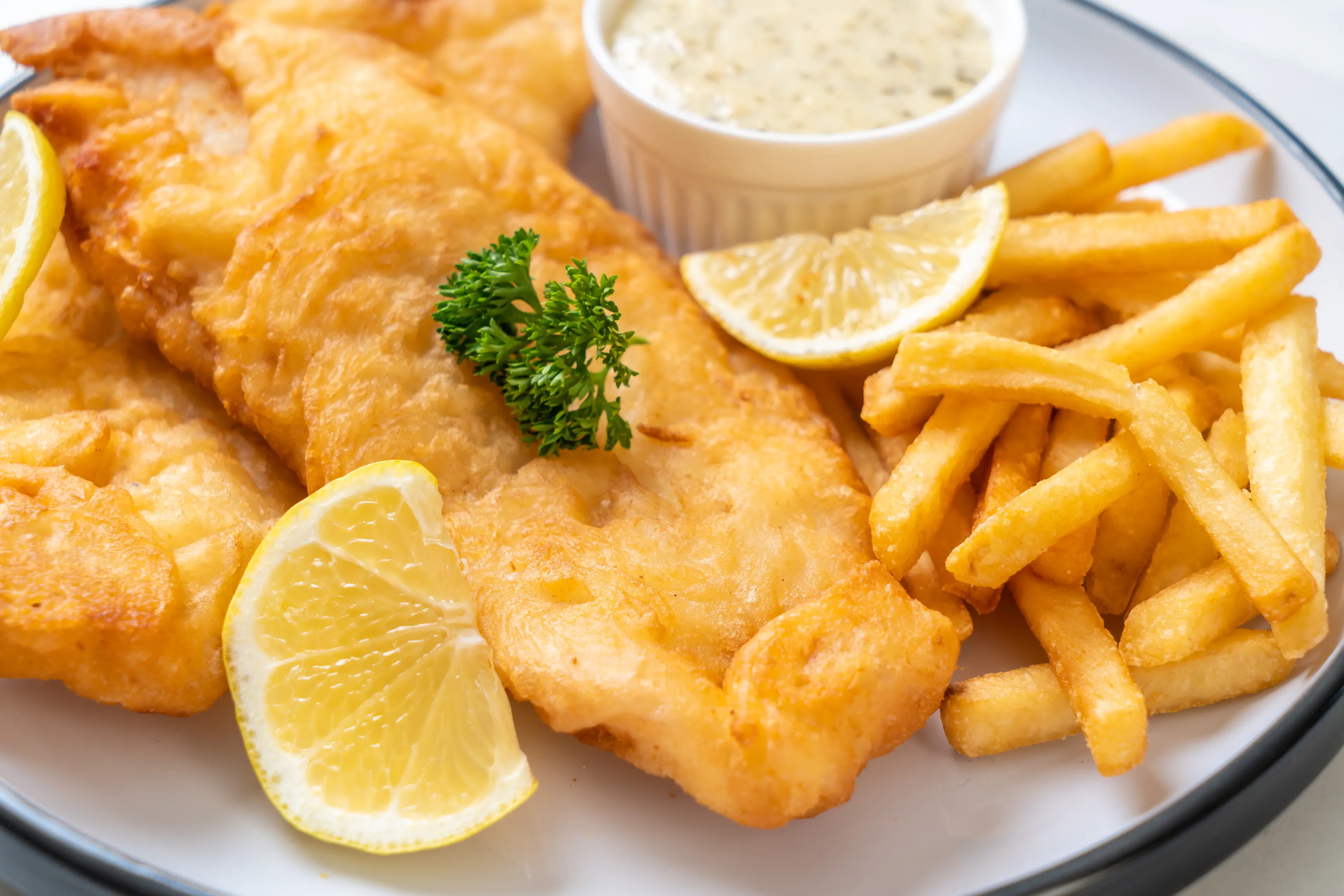
Fish and Chips
A classic British dish consisting of fried fish in batter served with chips. It's a must-try when visiting London.
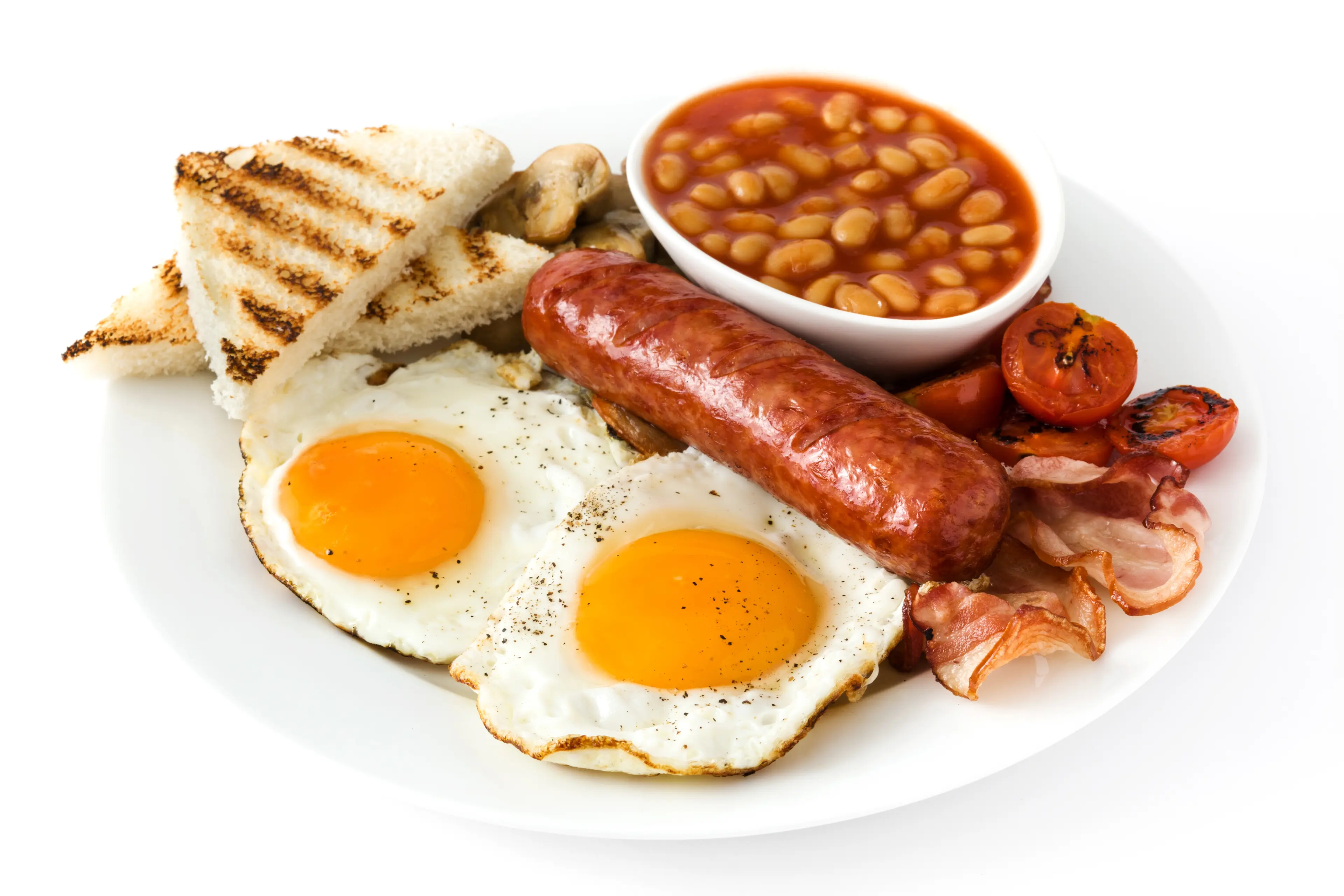
Full English Breakfast
A hearty breakfast that includes bacon, eggs, sausages, beans, tomatoes, mushrooms, and toast. It's a staple in London and across the UK.
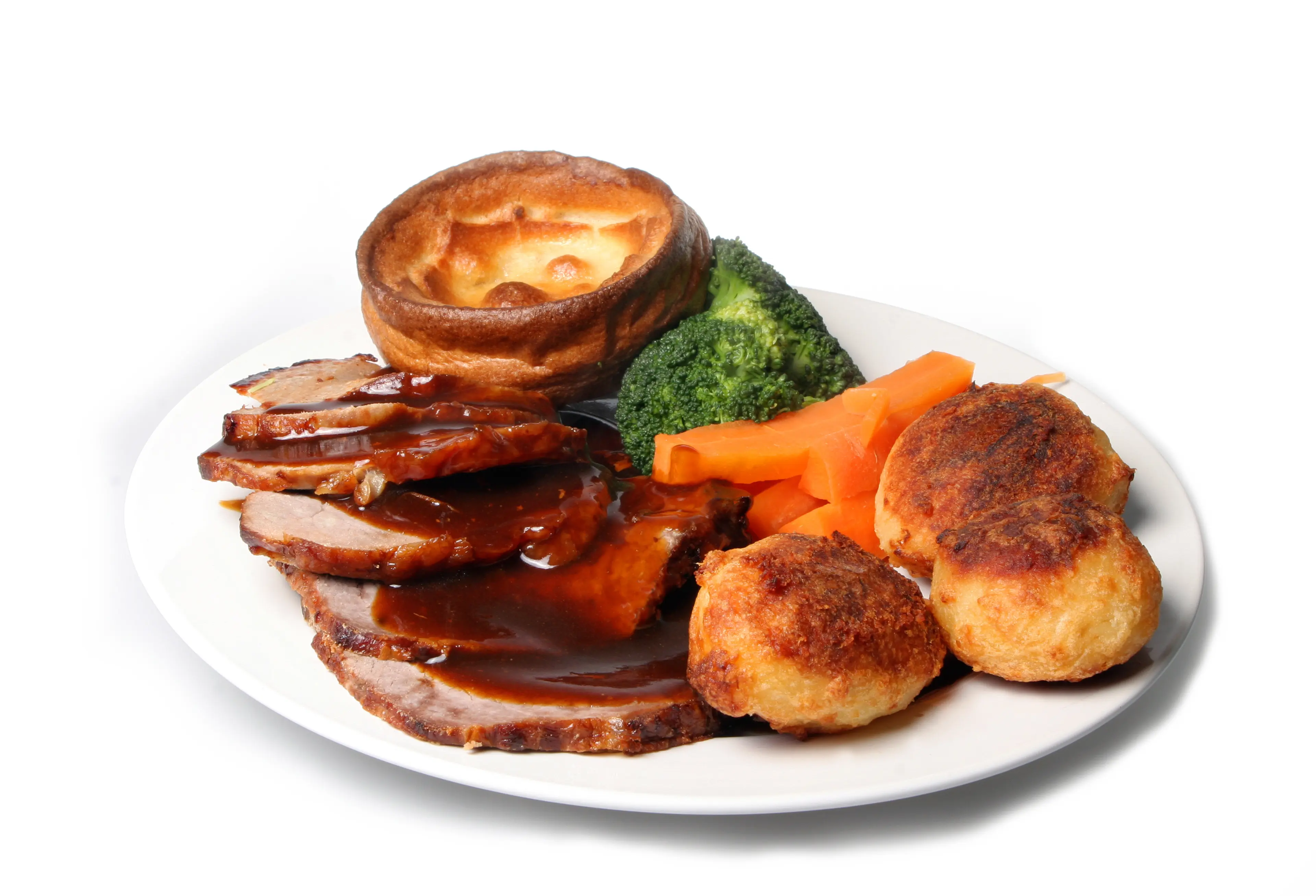
Sunday Roast
A traditional British meal that is typically served on Sundays, it includes roasted meat, roast potato, and accompaniments like Yorkshire pudding, stuffing, vegetables and gravy.
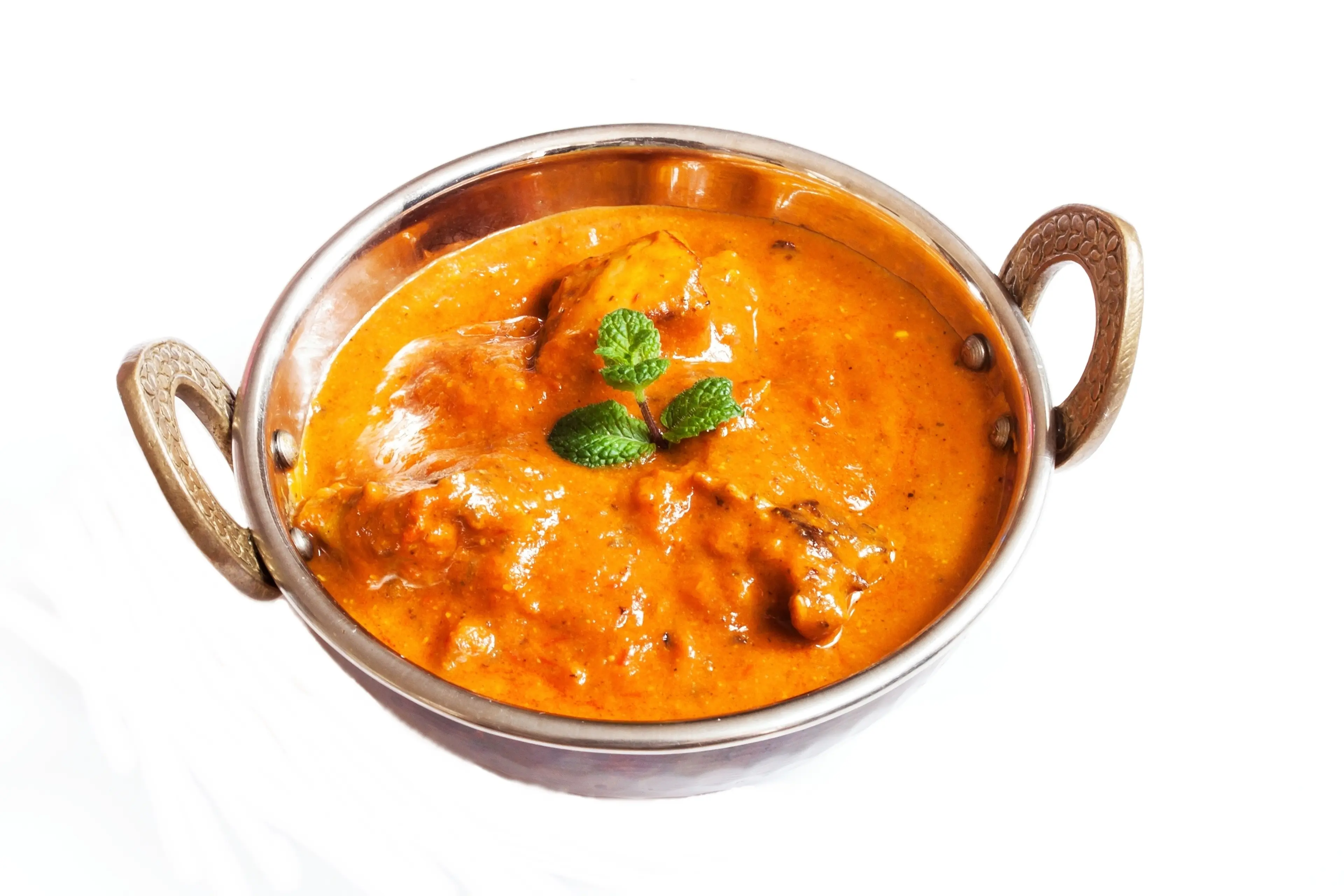
Chicken Tikka Masala
A popular dish in London, it's a British-Indian curry made of roasted marinated chicken in a spiced curry sauce.
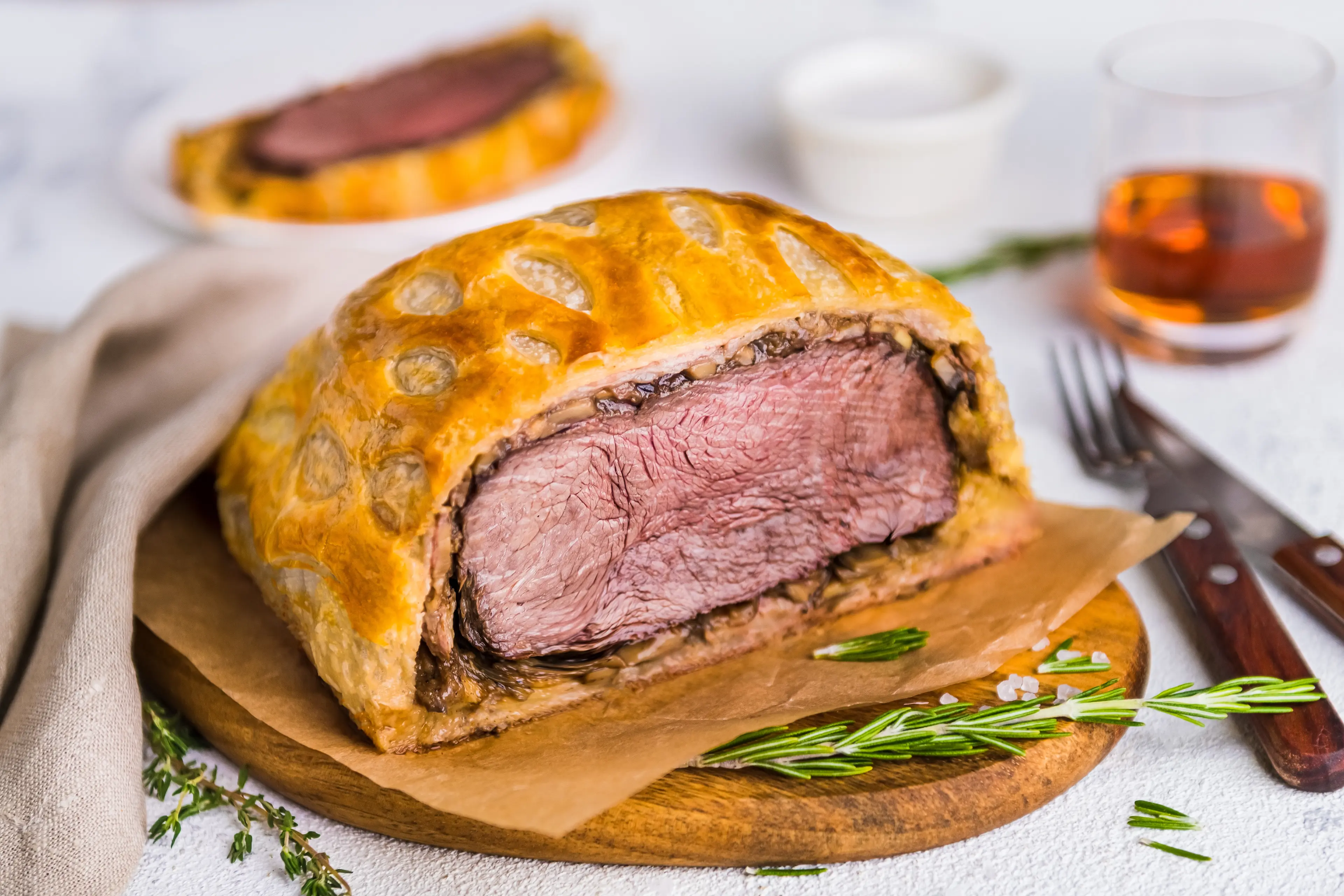
Beef Wellington
A traditional British dish consisting of fillet steak coated with pâté and duxelles, which is then wrapped in puff pastry and baked.
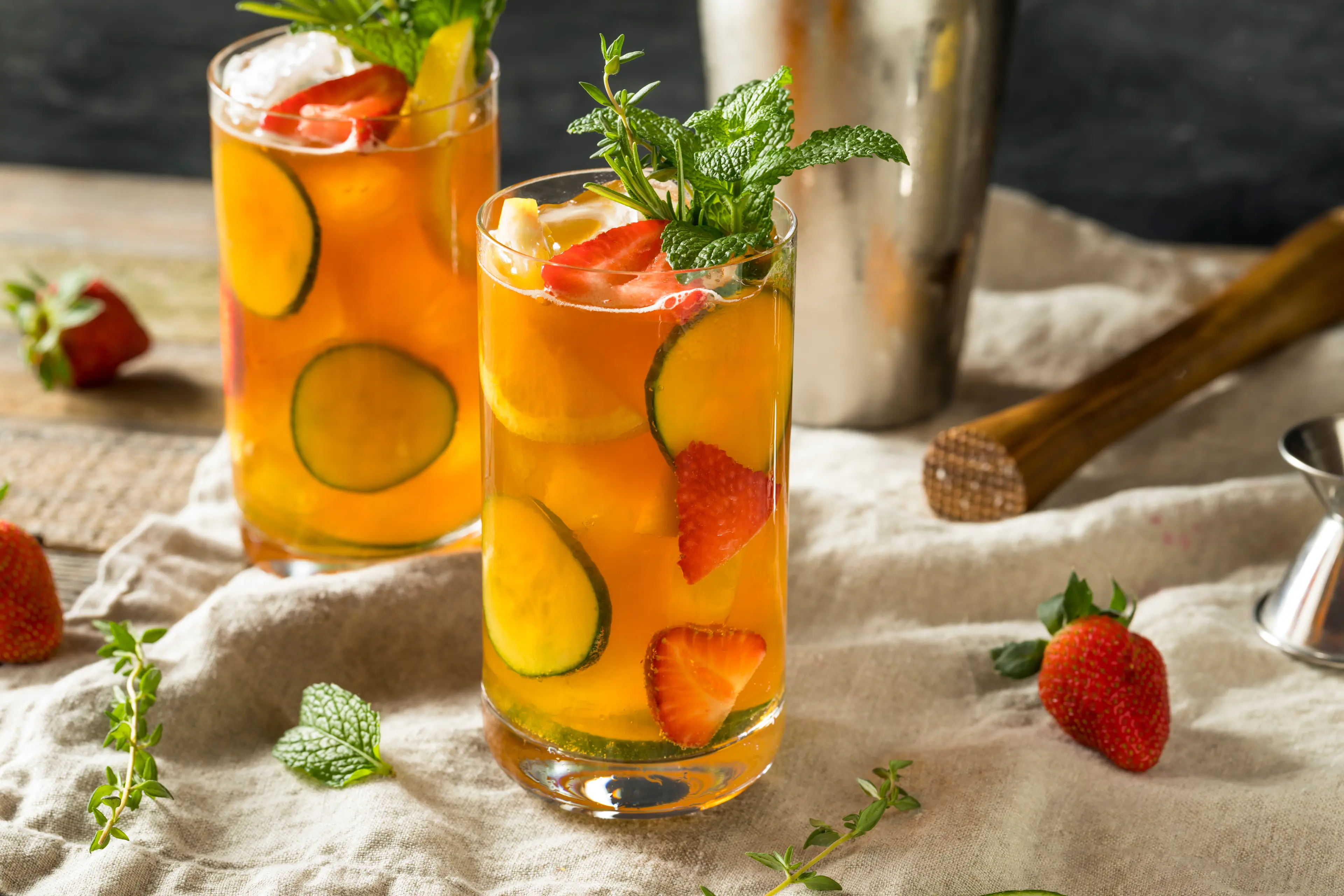
Pimm's
A fruit cup, but may also be considered a liqueur, based on gin and can be served both on ice or in cocktails. It's particularly popular during the summer months.
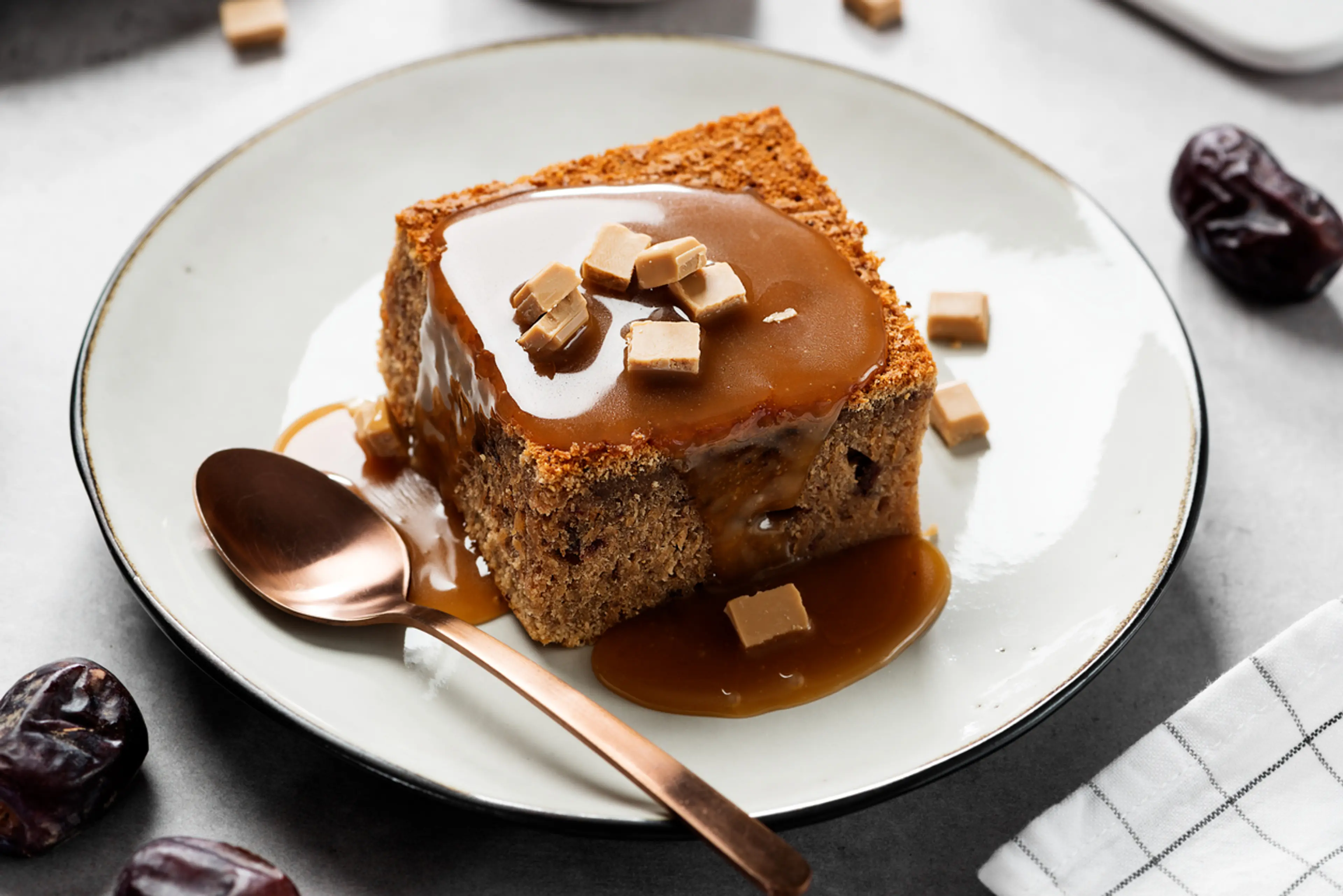
Sticky Toffee Pudding
A British dessert consisting of a very moist sponge cake, covered in a toffee sauce and often served with a vanilla custard or vanilla ice-cream.
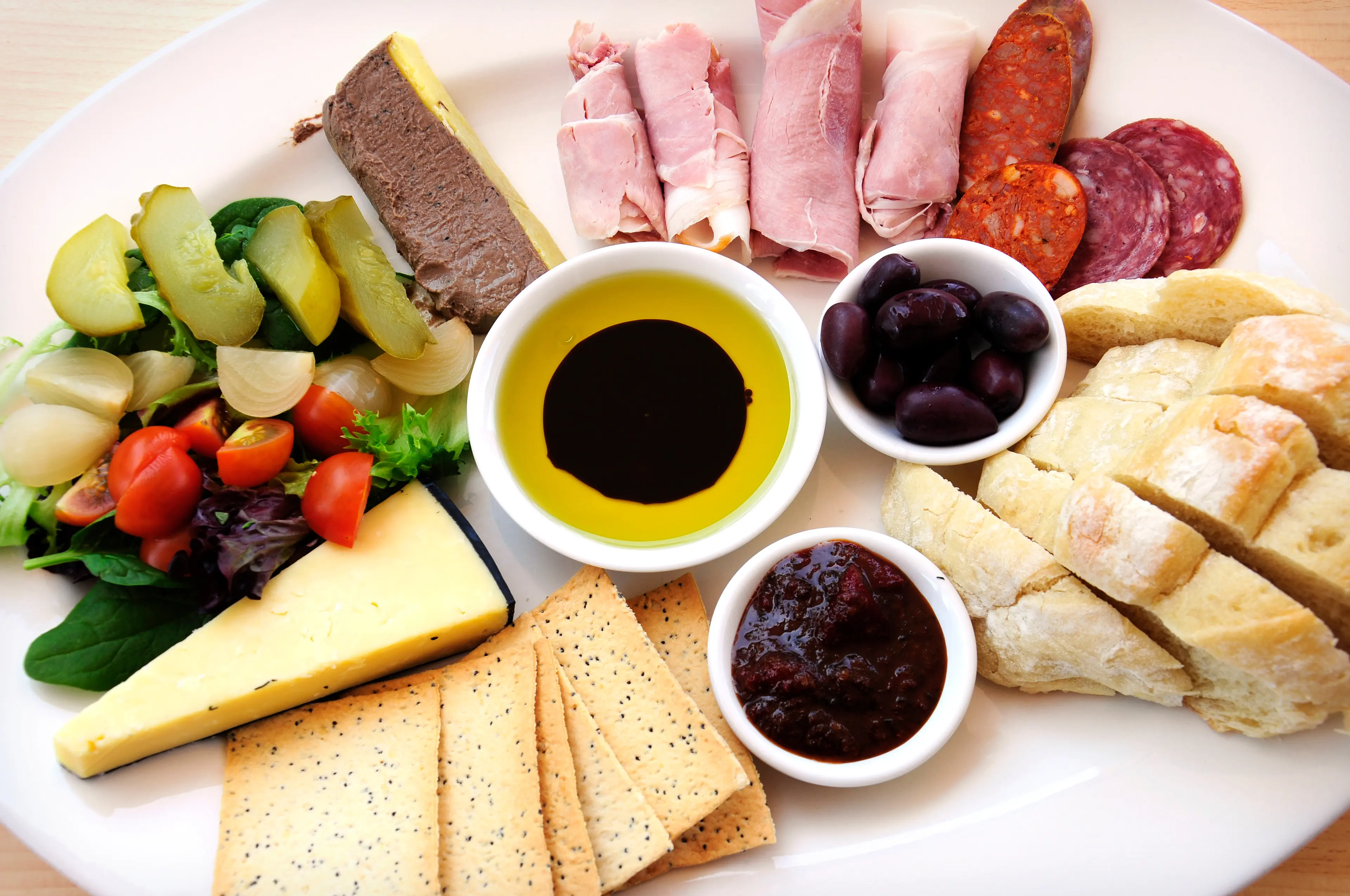
Ploughman's Lunch
A traditional British dish that typically includes cold, simple, and hearty ingredients like cheese, bread, pickles, and cold meats. It's a common pub lunch in London.
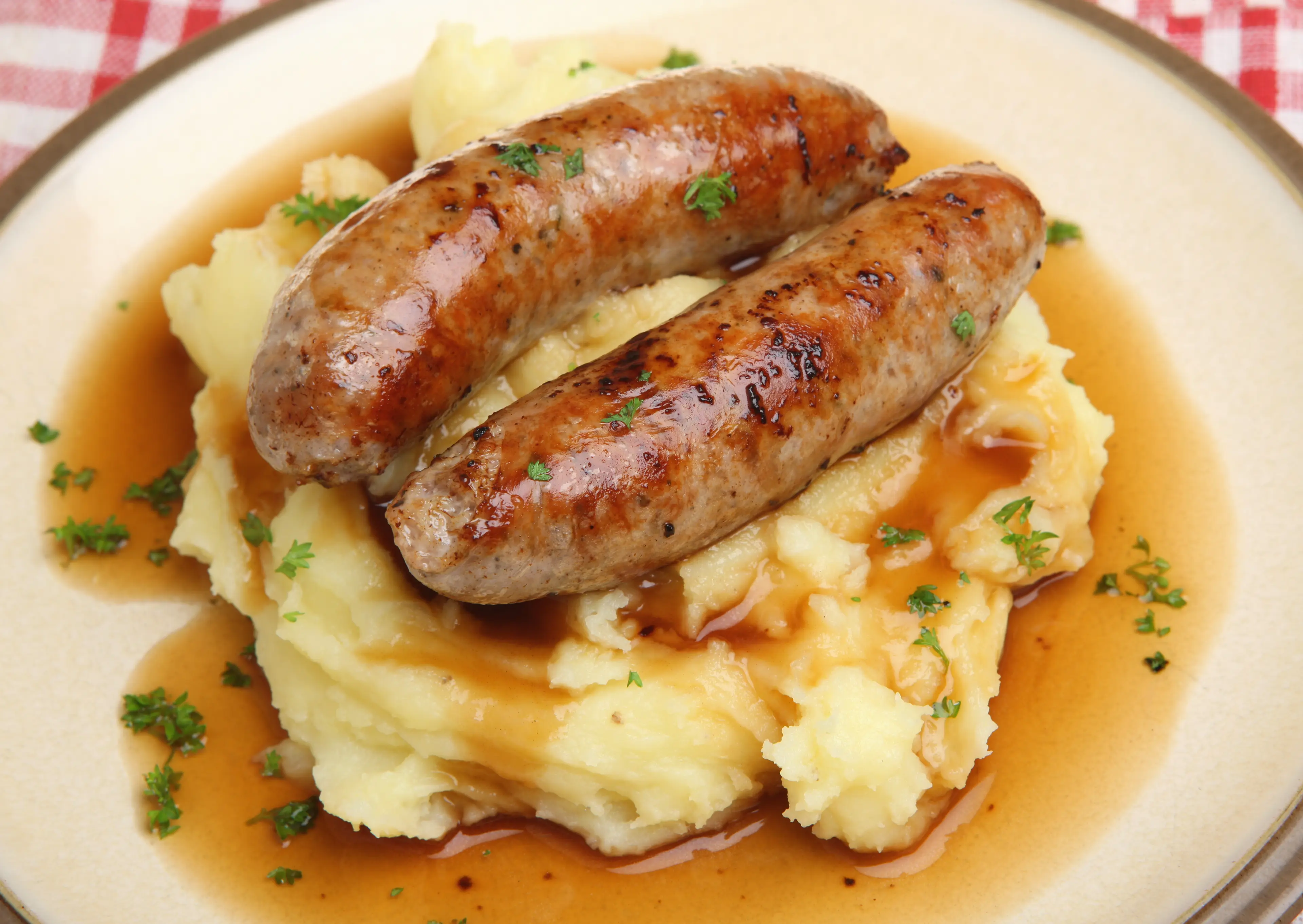
Bangers and Mash
A traditional British dish made of mashed potatoes and sausages, it's a staple in many London pubs.
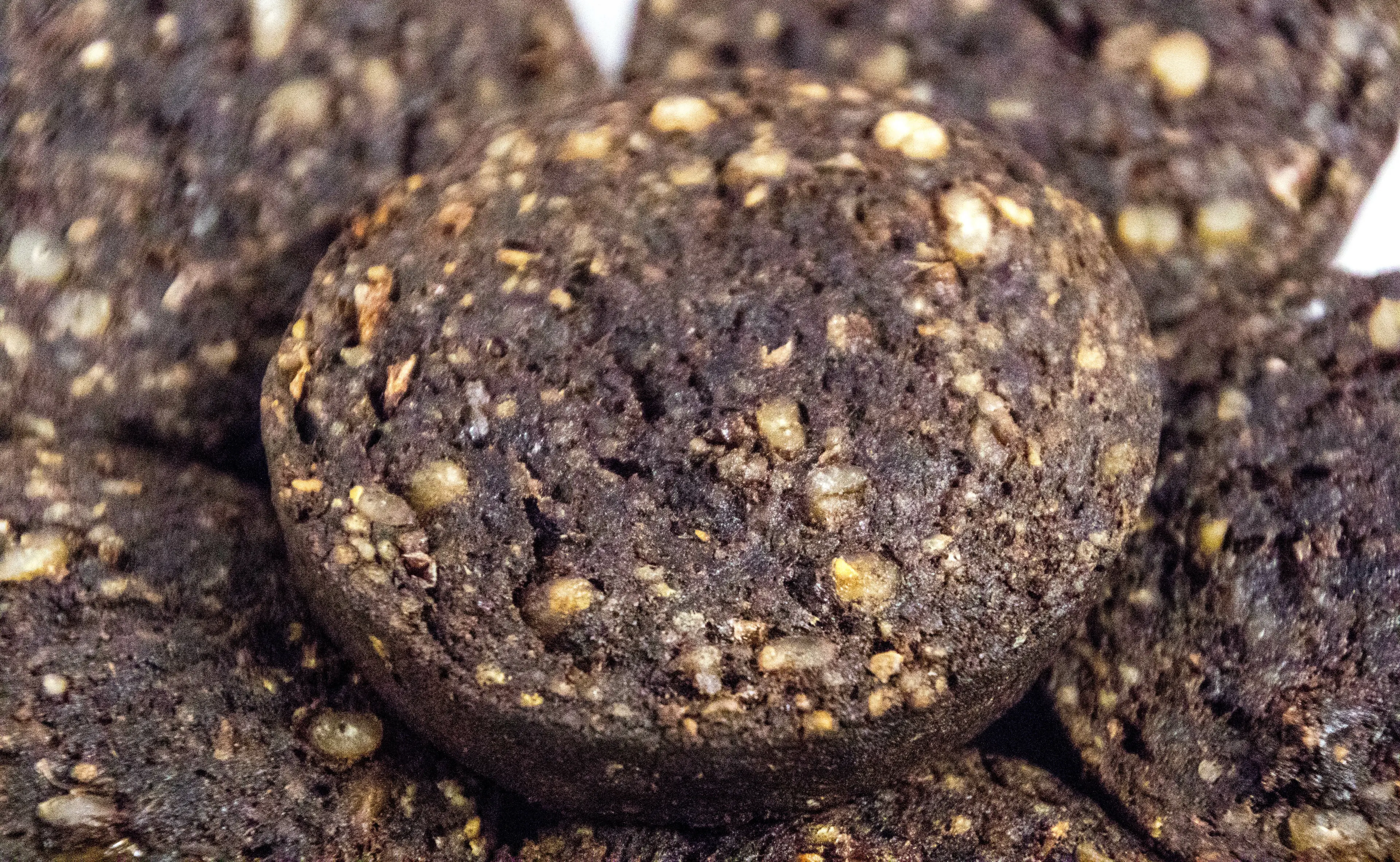
Black Pudding
A type of blood sausage commonly eaten in Great Britain. It is generally served as part of a traditional full English breakfast.
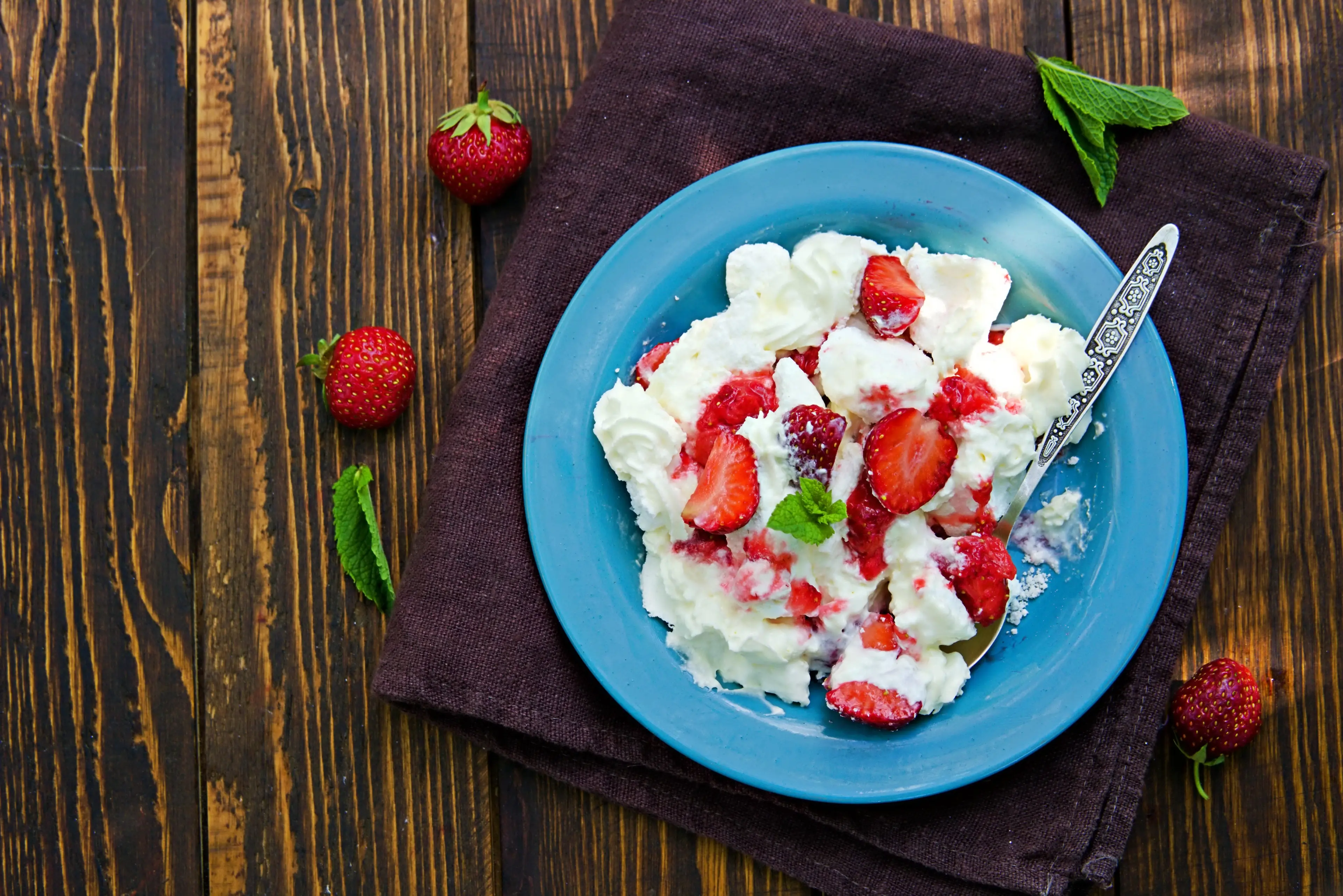
Eton Mess
A traditional English dessert consisting of a mixture of strawberries, broken meringue, and whipped double cream. It's a summer classic in London.
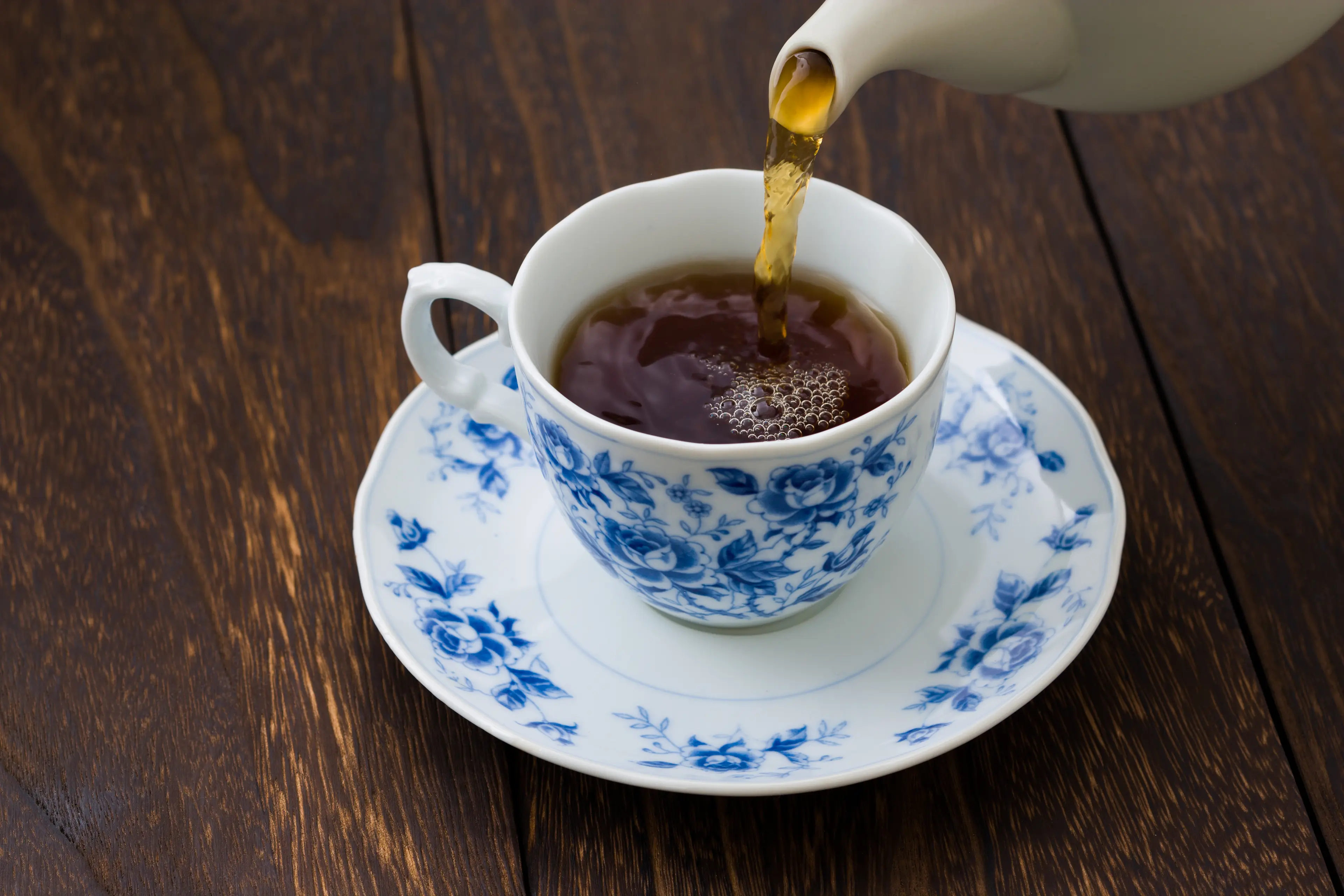
English Tea
A traditional British drink, typically served with milk and sugar. Afternoon tea is a cultural institution in London.
Best time to visit
The best time to visit London, England as a tourist is typically during the spring (late March to June) and autumn (September to November). During these periods, the weather is generally mild and the city's parks are beautiful and blooming. The summer months (July and August) can also be a great time to visit, but they are usually more crowded with tourists. Additionally, December is a popular time to visit due to the festive Christmas season, despite the colder weather. However, London is a city that offers unique charm in every season, so it really depends on your personal preferences.
How to get around
Underground (Tube)
The London Underground, also known as the Tube, is a convenient way to travel around the city. It has 11 lines covering 402 km and serving 270 stations. It's the quickest way to get around London.
Buses
London's iconic double-decker buses are a quick, convenient and cheap way to travel around the city, with plenty of routes to choose from. They're also a great way to see the city, with routes passing many of London's most famous landmarks.
Trains
London has an extensive overground train network that connects the city to the suburbs and beyond. These trains are a good option if you're travelling outside of the city centre.
Cycling
London has an extensive network of cycle paths and bike-sharing schemes such as Santander Cycles. Cycling can be a quick and healthy way to get around, especially in the city centre.
Taxis
London's black cabs are a famous sight throughout the city. They can be hailed on the street or booked in advance. All black cabs are wheelchair accessible and most have card payment facilities.
Ridesharing
Services like Uber and Bolt operate in London. They can be a convenient way to get around, especially if you're travelling in a group or have a lot of luggage. However, they can be more expensive than public transport.
River Services
Thames Clippers operates services up and down the River Thames and offers an interesting way to travel around the city. You can use your Oyster card or contactless payment card for an easy way to pay.
Trams
London has a tram network that operates in parts of south London. Trams are a good way to travel in areas they serve, offering a reliable and frequent service.
Emirates Air Line
This is a cable car link across the River Thames in East London, providing stunning aerial views of the city. It's a unique way to travel and see London from a different perspective.
Dockless E-scooters
London has several dockless e-scooter rental schemes operating in certain parts of the city. They can be a quick and convenient way to get around, especially for short journeys.
Walk
London is a great city to explore on foot. Many of the most famous landmarks are within walking distance of each other. Plus, you'll save money and get some exercise at the same time.
Important information
Currency£ GBP
Time zoneUTC 0
Driving sideLeft
Emergency phone112, 999
Drinking waterYes
Power sockets
Voltage230 V
Things to know about London, England as a first time visitor
1
London is a very walkable city, but it's also quite large. Make sure to wear comfortable shoes.
2
The city is known for its unpredictable weather. Always carry an umbrella or raincoat, even if the forecast looks clear.
3
Public transportation is very efficient. The London Underground, also known as 'The Tube', is the quickest way to get around the city.
4
If you plan to use public transportation frequently, consider getting an Oyster card. It's a cost-effective way to pay for travel on the Tube, buses, and other forms of public transport.
5
London is divided into several areas, each with its own unique character. Research the different areas to decide where you'd like to stay.
6
Tipping is customary in London. It's typical to leave a 10-15% tip at restaurants, but check your bill first as some places include it automatically.
7
London is generally safe, but like any big city, it's important to stay aware of your surroundings, especially at night.
8
The city is very diverse, with over 300 languages spoken. However, English is the main language and is spoken everywhere.
9
The currency in London is the British Pound (£). It's a good idea to have some cash on hand, but credit cards are widely accepted.
10
London is in the Greenwich Mean Time (GMT) zone. Make sure to adjust your watch when you arrive.
11
The legal drinking age in London is 18. You may be asked for ID if you look under 25.
12
Smoking is banned in all enclosed public places and workplaces in London, including pubs and restaurants.
13
London can be quite expensive, so budget accordingly. However, there are also many free activities and attractions in the city.
14
The city is known for its high quality tap water. It's safe to drink from the tap in London.
15
London's peak tourist season is in the summer, from June to August. The weather is warmest during this time, with temperatures typically ranging from 59°F to 77°F (15°C to 25°C).
16
In winter, London can be quite cold, with temperatures typically ranging from 36°F to 46°F (2°C to 8°C). Make sure to pack warm clothes.
17
London is a city that never sleeps. Many shops, restaurants, and bars stay open late, especially on weekends.
18
The city is very accommodating to those with dietary restrictions. You'll find plenty of vegetarian, vegan, gluten-free, and halal options.
19
London is a great city for shopping. From high-end designer stores to vintage markets, there's something for everyone.
20
Finally, Londoners are generally polite and reserved. Don't be surprised if people keep to themselves on public transport. It's just the local culture.
Packing List
Clothing
Underwear (3 pairs)
Socks (3 pairs)
T-shirts (3)
Pants/Jeans (2 pairs)
Sweater or Jacket
Comfortable walking shoes
Sleepwear
Raincoat or Umbrella
Scarf, gloves and hat (if winter)
Toiletries
Toothbrush and toothpaste
Deodorant
Shampoo and conditioner
Body wash or soap
Razor and shaving cream
Hairbrush or comb
Makeup and makeup remover
Hand sanitizer
Travel-sized first aid kit
Prescription medications
Travel documents and essentials
Passport
Driver's license or ID card
Credit and debit cards
Cash and coins
Travel insurance documents
Hotel and transportation reservation confirmations
Emergency contacts and addresses
Map of London
Electronics and gadgets
Smartphone
Charger for smartphone
Headphones
Camera
Charger for camera
Universal power adapter
Portable power bank
Miscellaneous items
Snacks
Water bottle
Travel pillow and blanket
Books or e-books for the flight
Travel guide for London
Notebook and pen
Reusable shopping bag
Laundry bag
Weather Conditions
London, England, is known for its unpredictable weather. It's always a good idea to check the forecast before your trip, but here are some general tips to help you prepare. The city experiences a temperate maritime climate with all four seasons, but no extreme temperatures. During the summer months (June - August), you can expect average highs of around 22°C (72°F) and lows of around 12°C (54°F). It's typically the best time to visit for warm weather, but it can also be quite crowded. Spring (March - May) and autumn (September - November) are mild with average temperatures ranging from 8°C to 15°C (46°F to 59°F). These seasons are less crowded and offer beautiful scenery, but the weather can change quickly, so pack layers and always carry an umbrella. Winter (December - February) can be chilly with temperatures ranging from 2°C to 8°C (36°F to 46°F). Snow is rare but possible. If you're visiting during this time, be sure to pack warm clothing. Rain is common throughout the year in London. The city is known for its light drizzle, so no matter when you visit, it's a good idea to pack a waterproof jacket or an umbrella. Despite the unpredictable weather, London offers a wealth of indoor activities, such as museums, galleries, and historic sites, so you'll have plenty to do even if it rains. Remember, the weather can change quickly, so it's always a good idea to check the forecast each day and dress in layers. Enjoy your trip!
| Month | Hi / Lo (°C) | Weather Overview |
|---|---|---|
January | 14° / 2° | January is the coldest month in London, with occasional snow and rain. Pack warm clothing and waterproof shoes. |
February | 12° / 2° | February is still quite cold, with a mix of rain and snow. Warm clothing and waterproof shoes are recommended. |
March | 15° / 4° | March sees the start of spring, with slightly warmer temperatures and more daylight. Light jackets and umbrellas are advisable. |
April | 17° / 6° | April is generally mild, but there can be rain showers. Pack a mix of light and warm clothing. |
May | 20° / 9° | May is usually warm with longer daylight hours. Light clothing and a light jacket for evenings are recommended. |
June | 24° / 12° | June marks the start of summer, with warm temperatures and long days. Pack light clothing and sunscreen. |
July | 28° / 14° | July is the hottest month in London, with long sunny days. Light clothing, sunscreen, and a hat are advisable. |
August | 28° / 14° | August is also hot, with occasional rain showers. Light clothing, an umbrella, and sunscreen are recommended. |
September | 23° / 11° | September is generally warm, but evenings can be cooler. Pack light clothing and a light jacket for evenings. |
October | 19° / 8° | October sees the start of autumn, with cooler temperatures and changing foliage. Warm clothing and waterproof shoes are recommended. |
November | 15° / 5° | November is quite cold, with shorter daylight hours. Warm clothing, waterproof shoes, and an umbrella are advisable. |
December | 13° / 3° | December is cold and often rainy, with short daylight hours. Warm clothing, waterproof shoes, and an umbrella are recommended. |
Did you know?
Places near by London, England
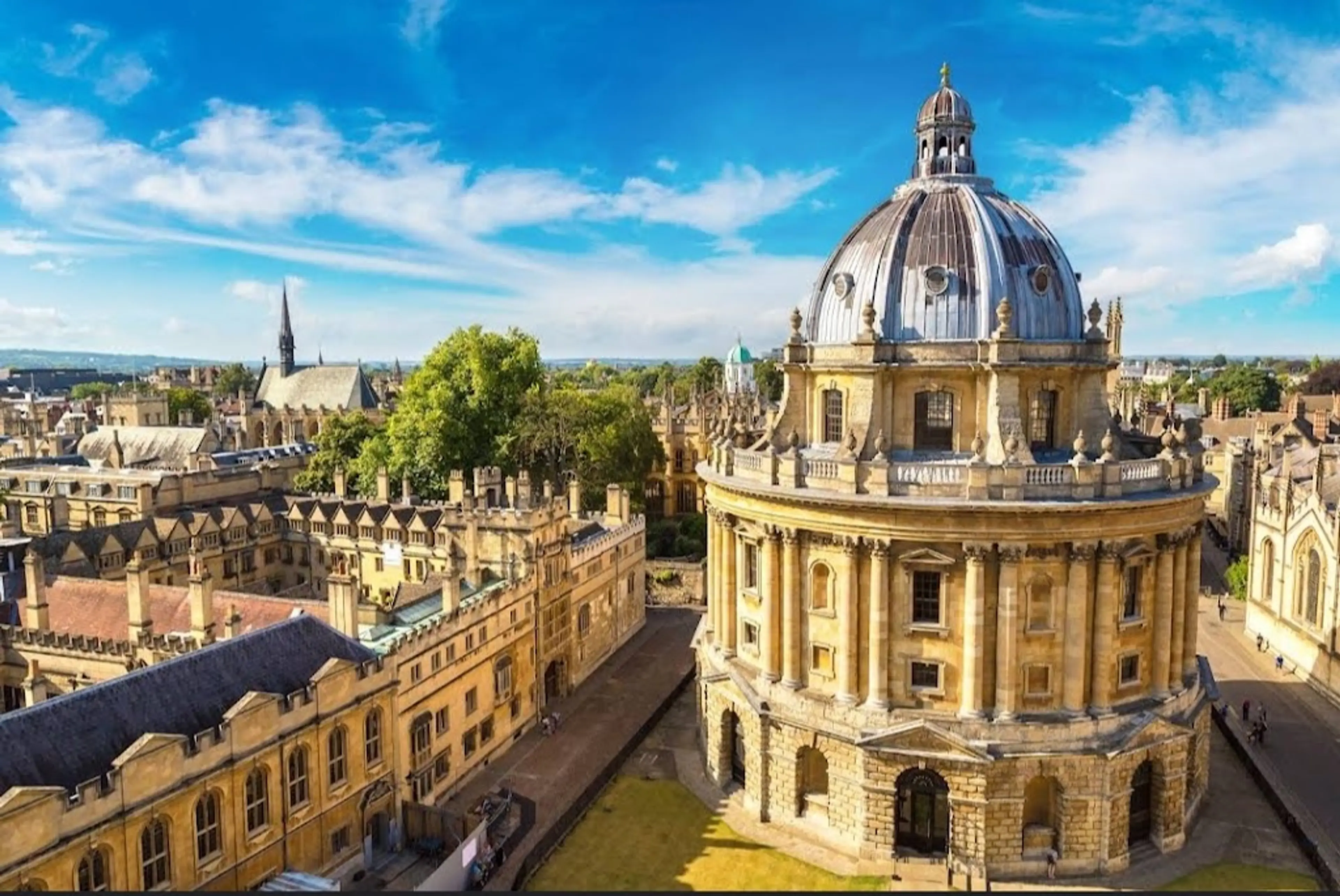
Oxford
Home to the oldest university in the English-speaking world, Oxford is a city filled with history and charm.
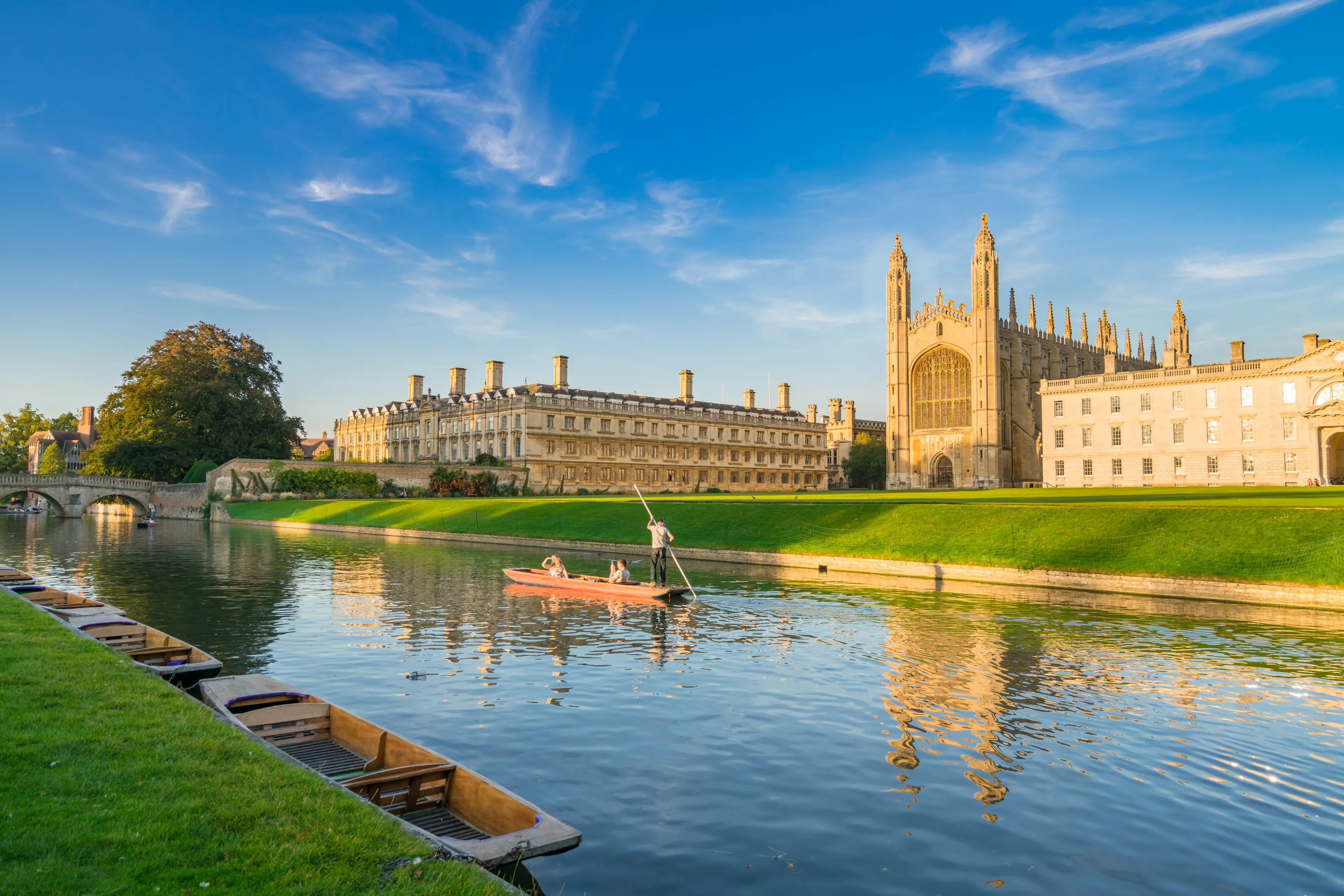
Cambridge
Known for its prestigious university and beautiful architecture, Cambridge is a city that combines the old and the new.
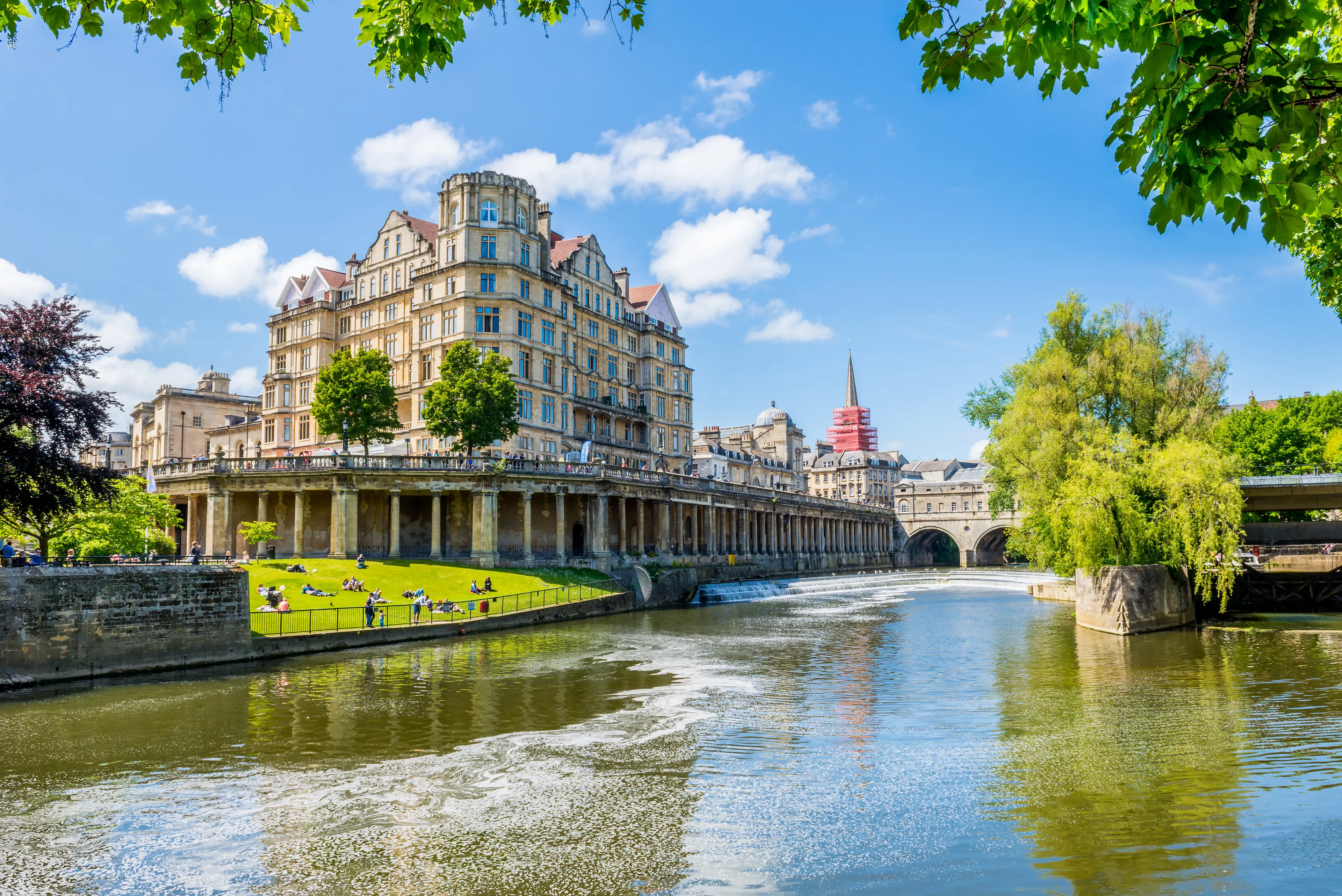
Bath
A UNESCO World Heritage site, Bath is famous for its Roman-built baths and Georgian architecture.
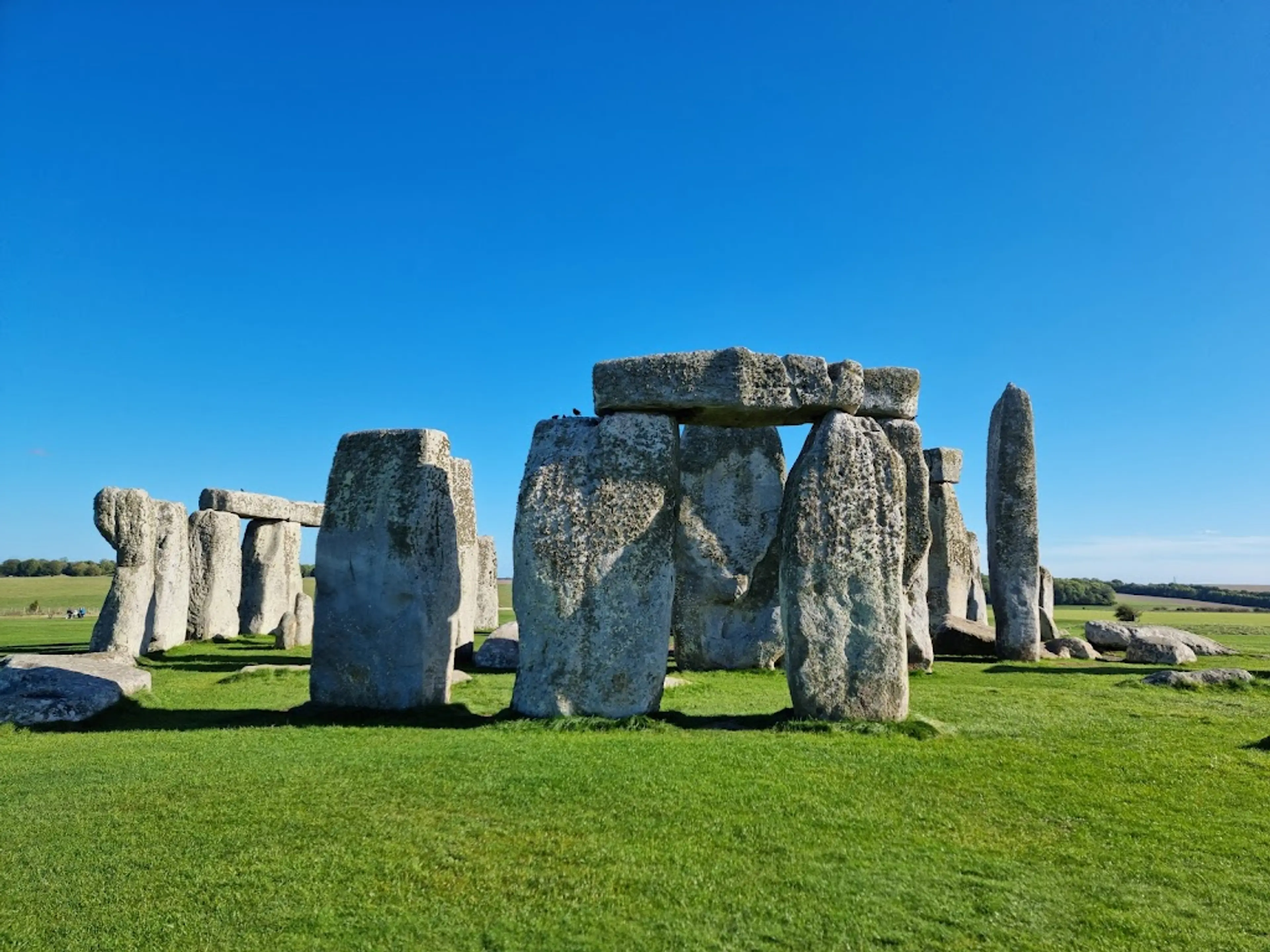
Stonehenge
One of the world's most famous prehistoric monuments, Stonehenge is a must-visit for history enthusiasts.
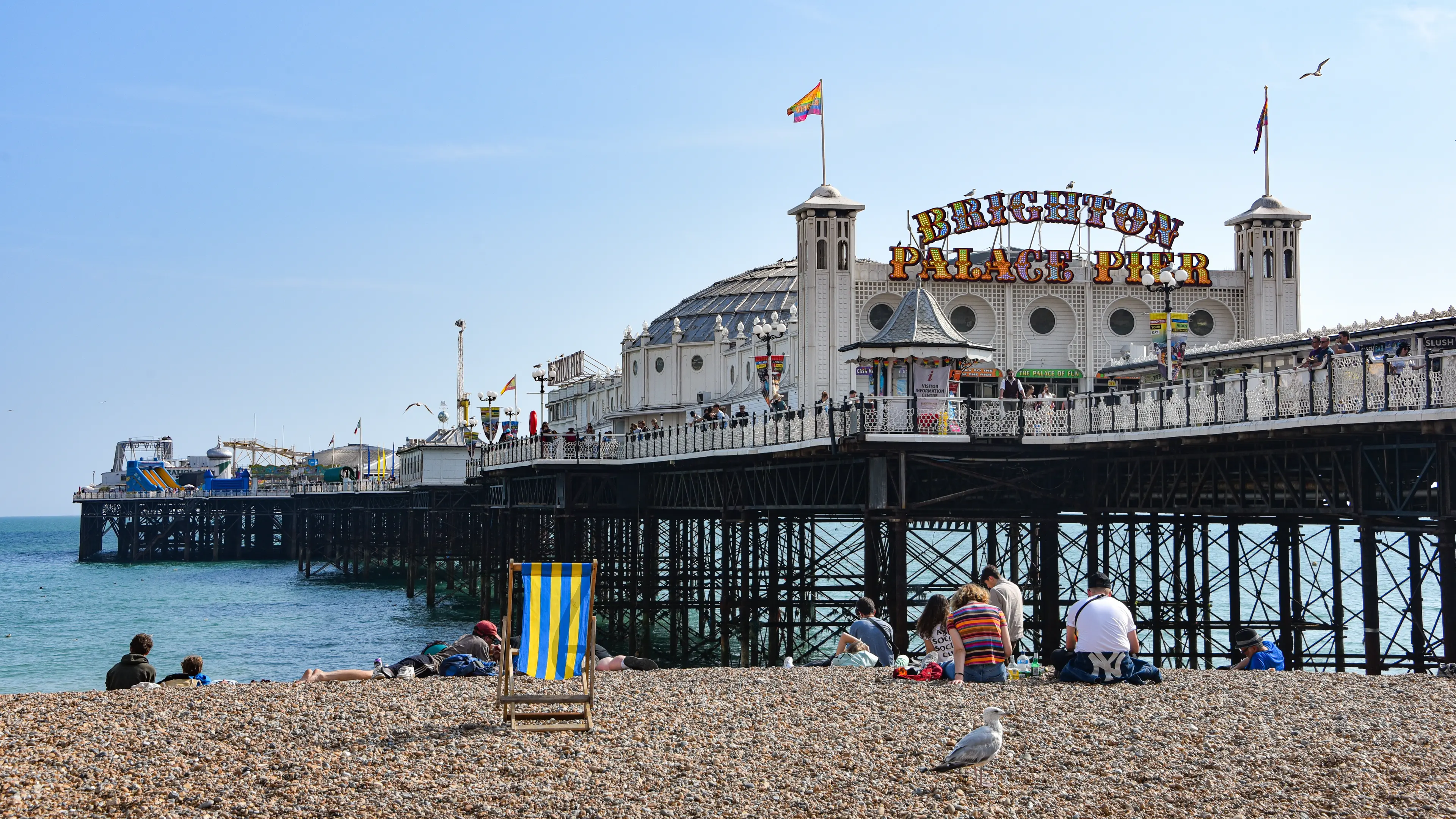
Brighton
A vibrant seaside resort known for its iconic pier, Brighton offers a mix of beach fun, shopping, and nightlife.
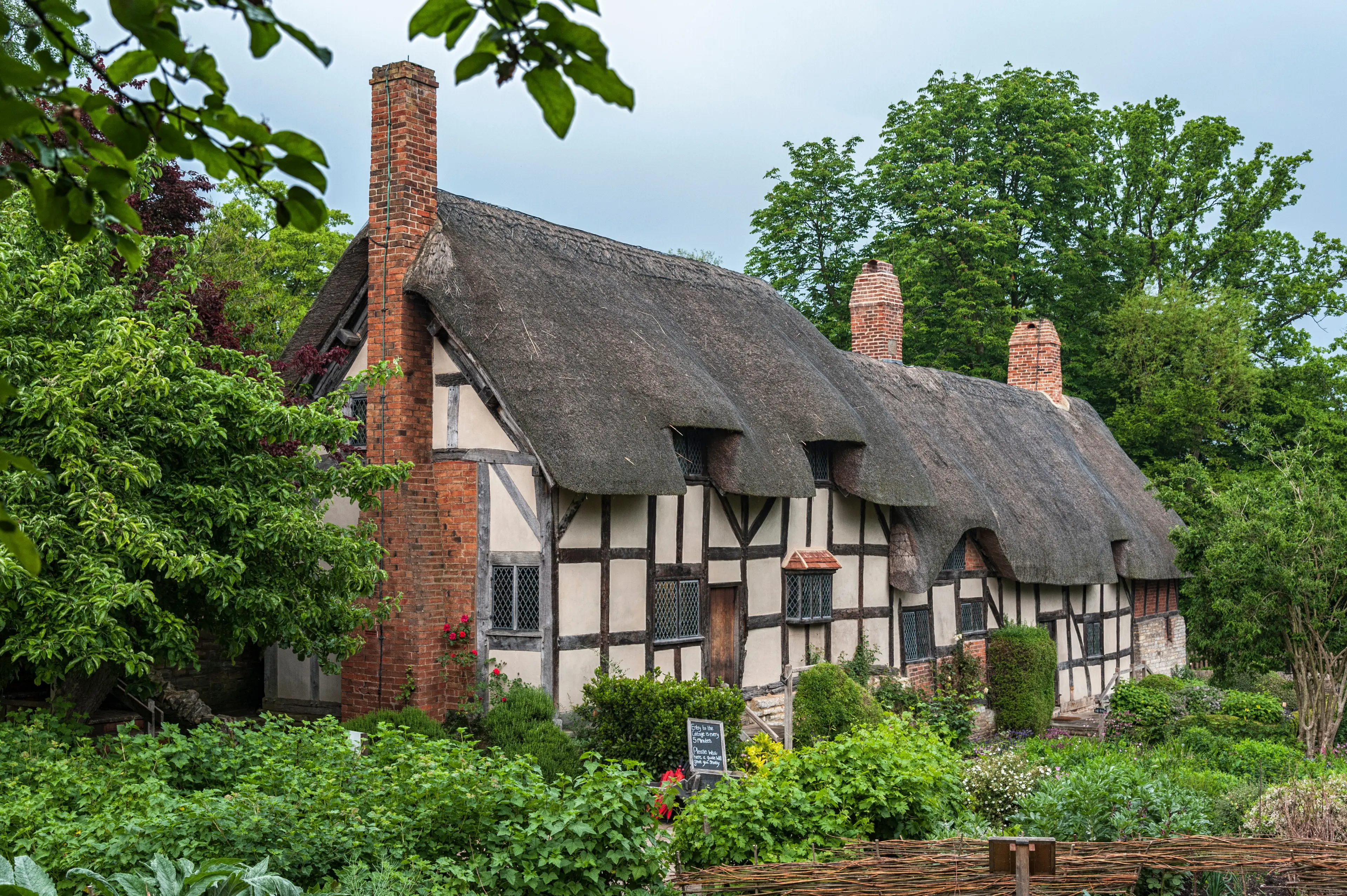
Stratford-upon-Avon
The birthplace of William Shakespeare, Stratford-upon-Avon is a market town with more than 800 years of history.
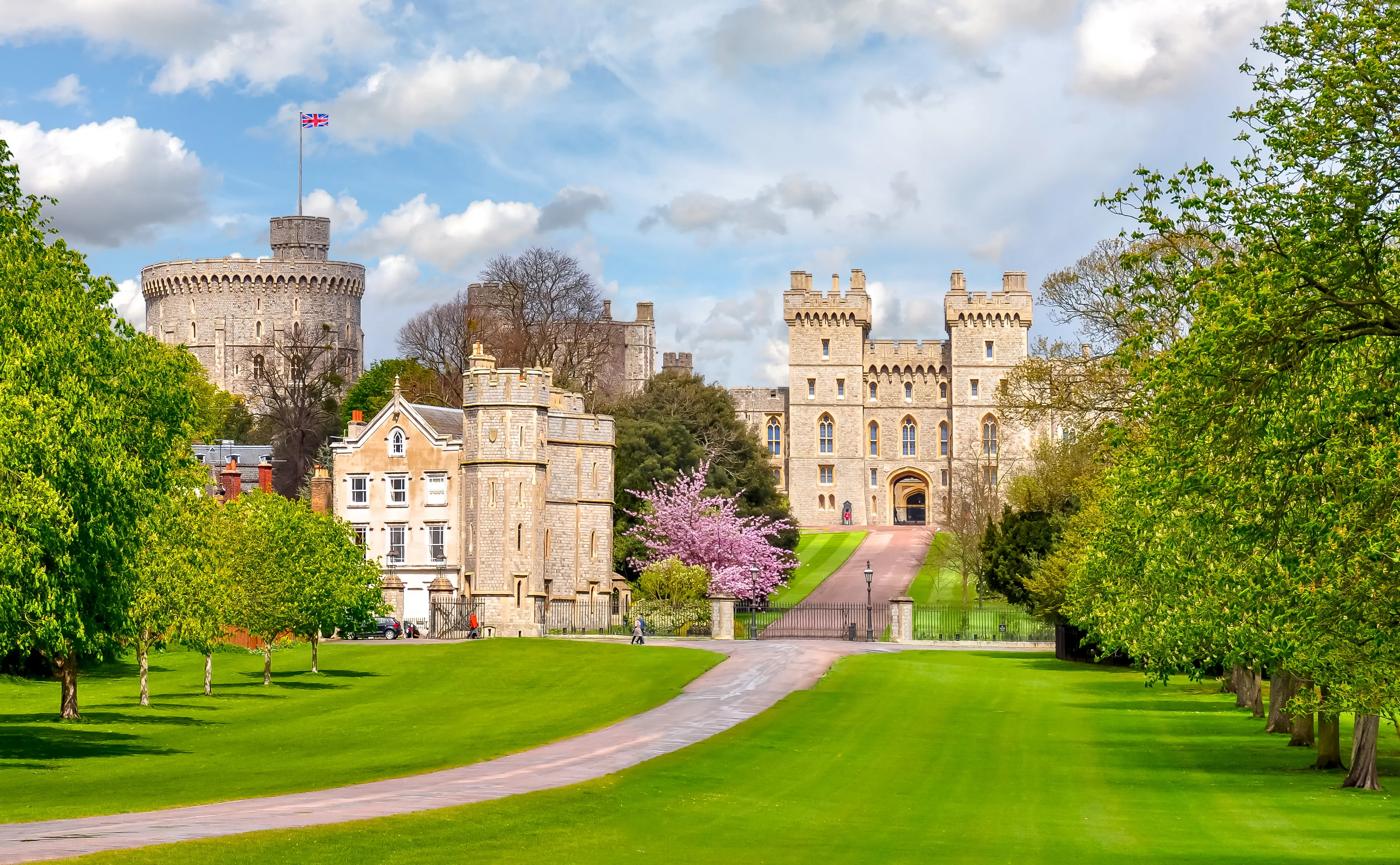
Windsor
Home to Windsor Castle, the oldest and largest inhabited castle in the world, Windsor is a town full of history and charm.
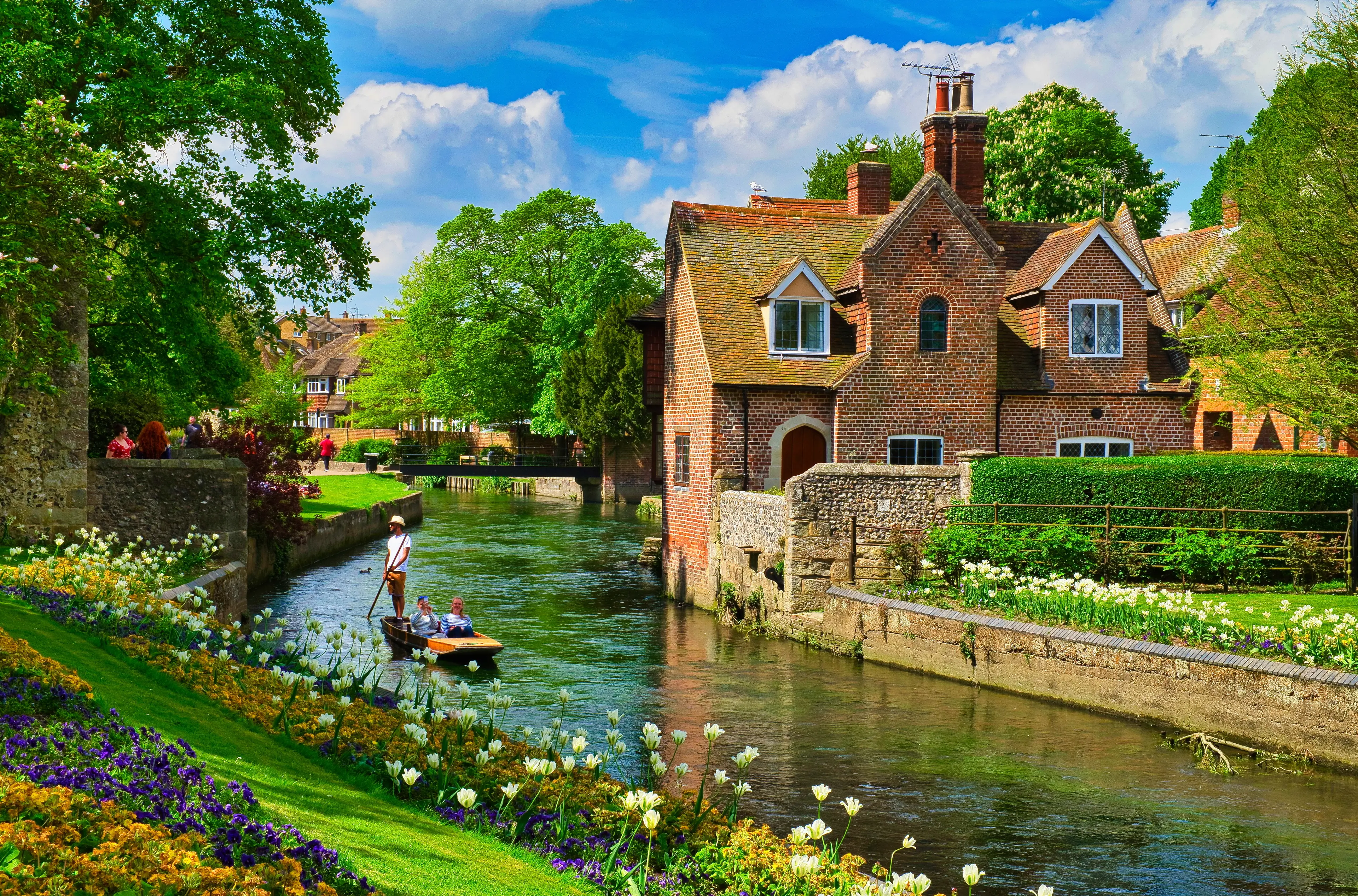
Canterbury
Famous for its stunning cathedral, Canterbury is a historic English cathedral city and UNESCO World Heritage site.

Leeds Castle
Dubbed 'The Loveliest Castle in the World', Leeds Castle offers 500 acres of beautiful parkland and gardens.
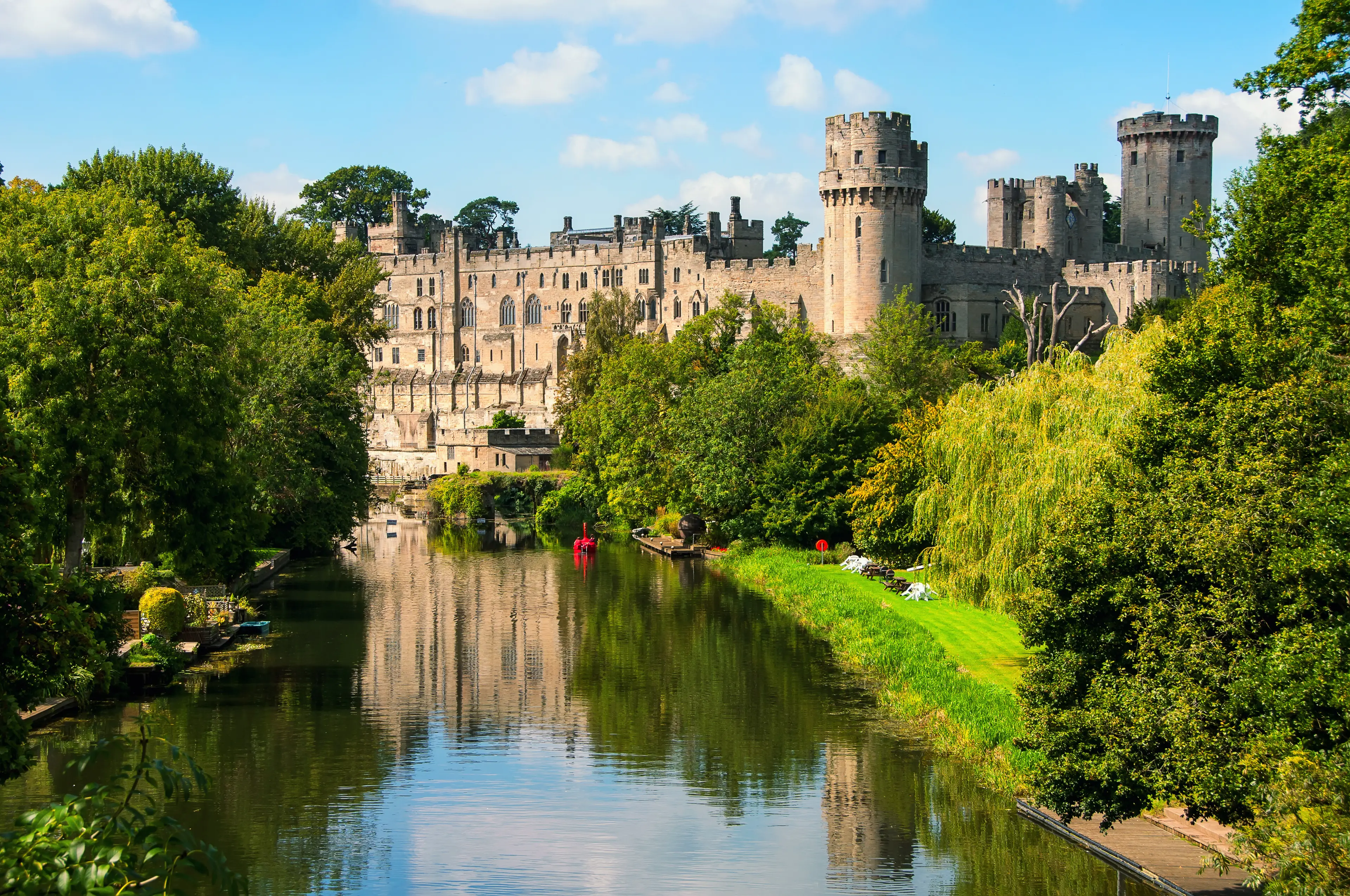
Warwick Castle
One of the most well-preserved medieval castles in England, Warwick Castle offers a look into the country's past.
